This post contains affiliate links. If you make a purchase through these links, I may earn a commission at no extra cost to you. Thank you!
On our first full day on our Easter trip to the Faroe Islands, we woke up late after the night out, to a world of rain and fog. Still, we were determined to get something out of the day and decided to go on a roadtrip to the northern part of the island of Eysturoy. Poul drove us and our friend Tórur decided to come along as well. We intented to climb Slætteratindur, the highest mountain in the country, but just as our last attempt in August last year, it was far too foggy to even try to climb the mountain. Instead, we headed to Gjógv, where Katrine wanted to pay a tribute to her uncle, who had recently passed away. Gjógv was one of his favourite places in the Faroe Islands, so it seemed natural for her to do it there.
I love the Faroe Islands so much that I want to see every single corner of it. I simply want to see everything. That’s why, even though it was my fourth time visiting Gjógv, I was eager to find a new part of the village to explore – and that we found.
We went to a rocky place to the right of the famous gorge, which most tourists come to Gjógv for. I hadn’t walked there before, so it was great to see the famous village from a completely new perspective. My fourth time in Gjógv brought something new with it, but can the village continue to surprise me? Will I ever get enough of that beautiful pearl on the northernmost tip of Eysturoy? I think not.
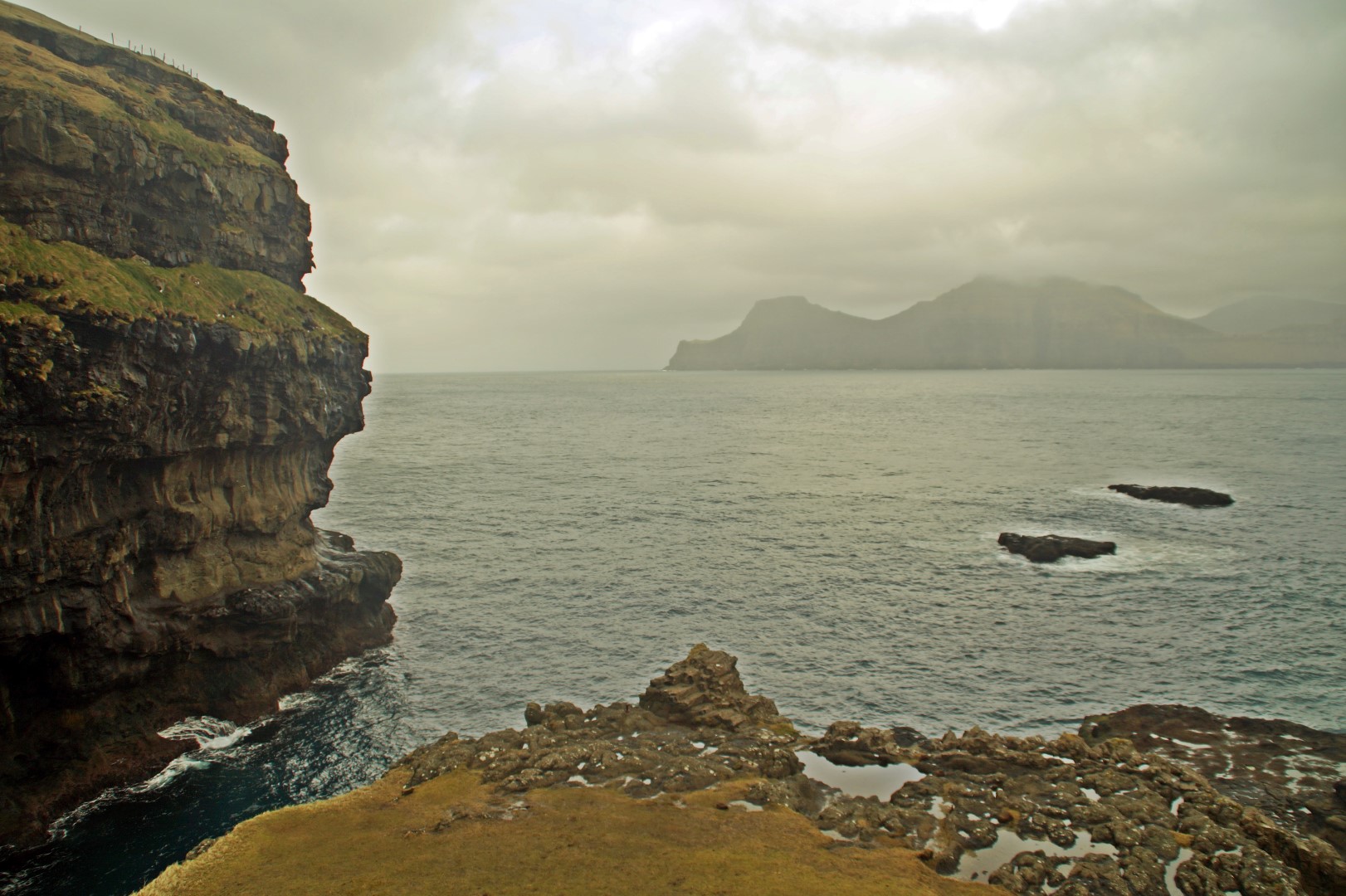
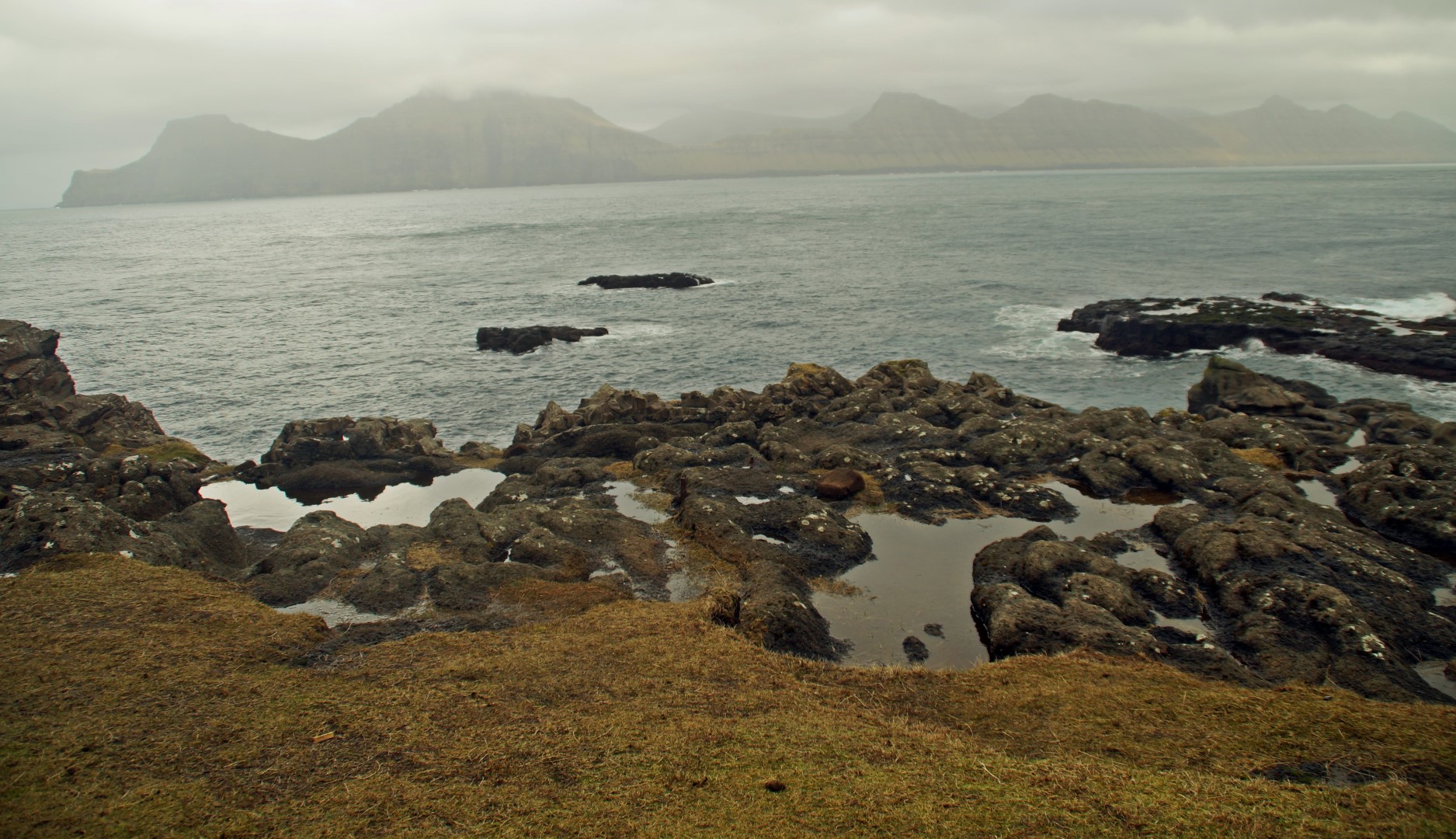
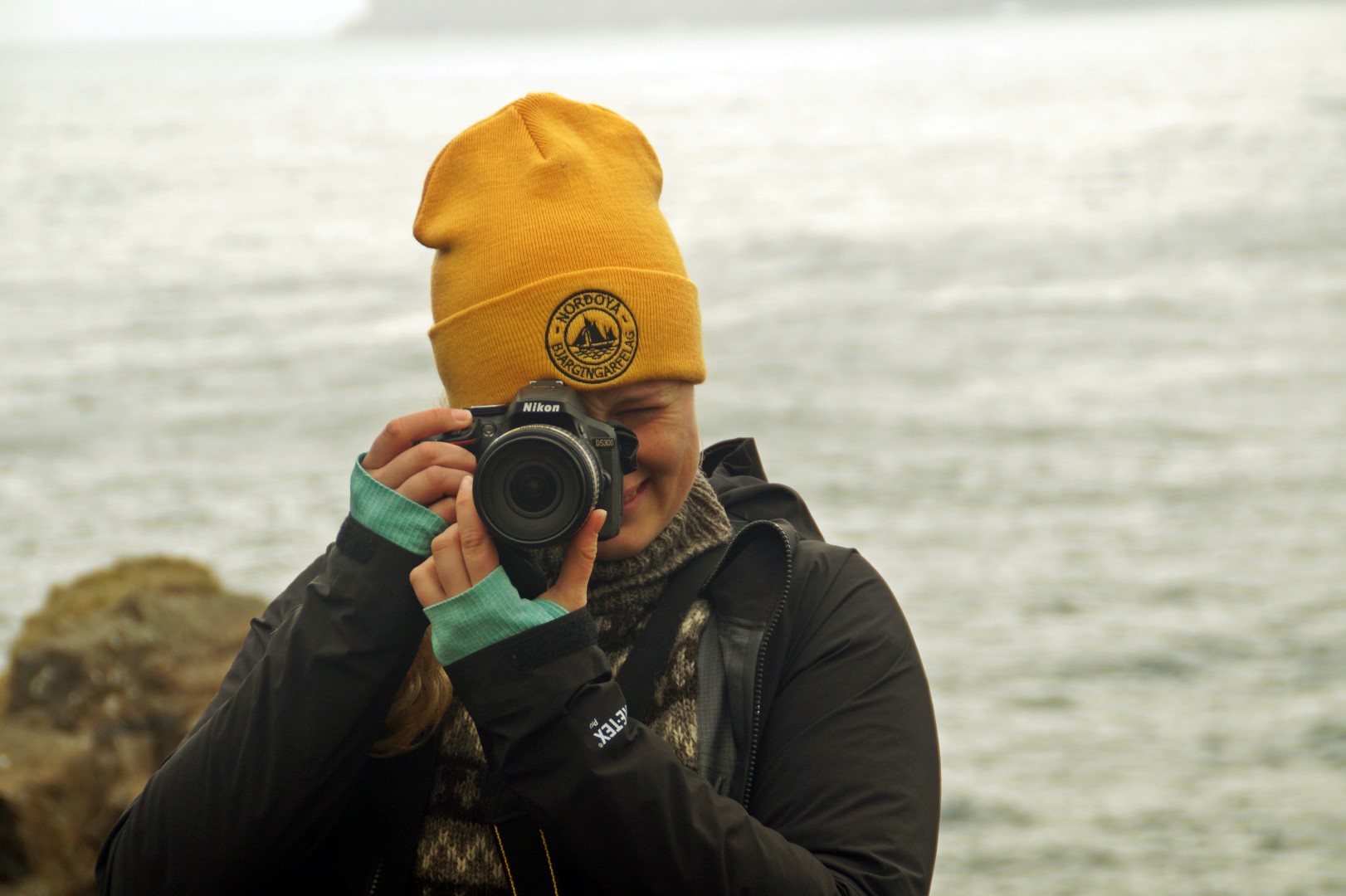
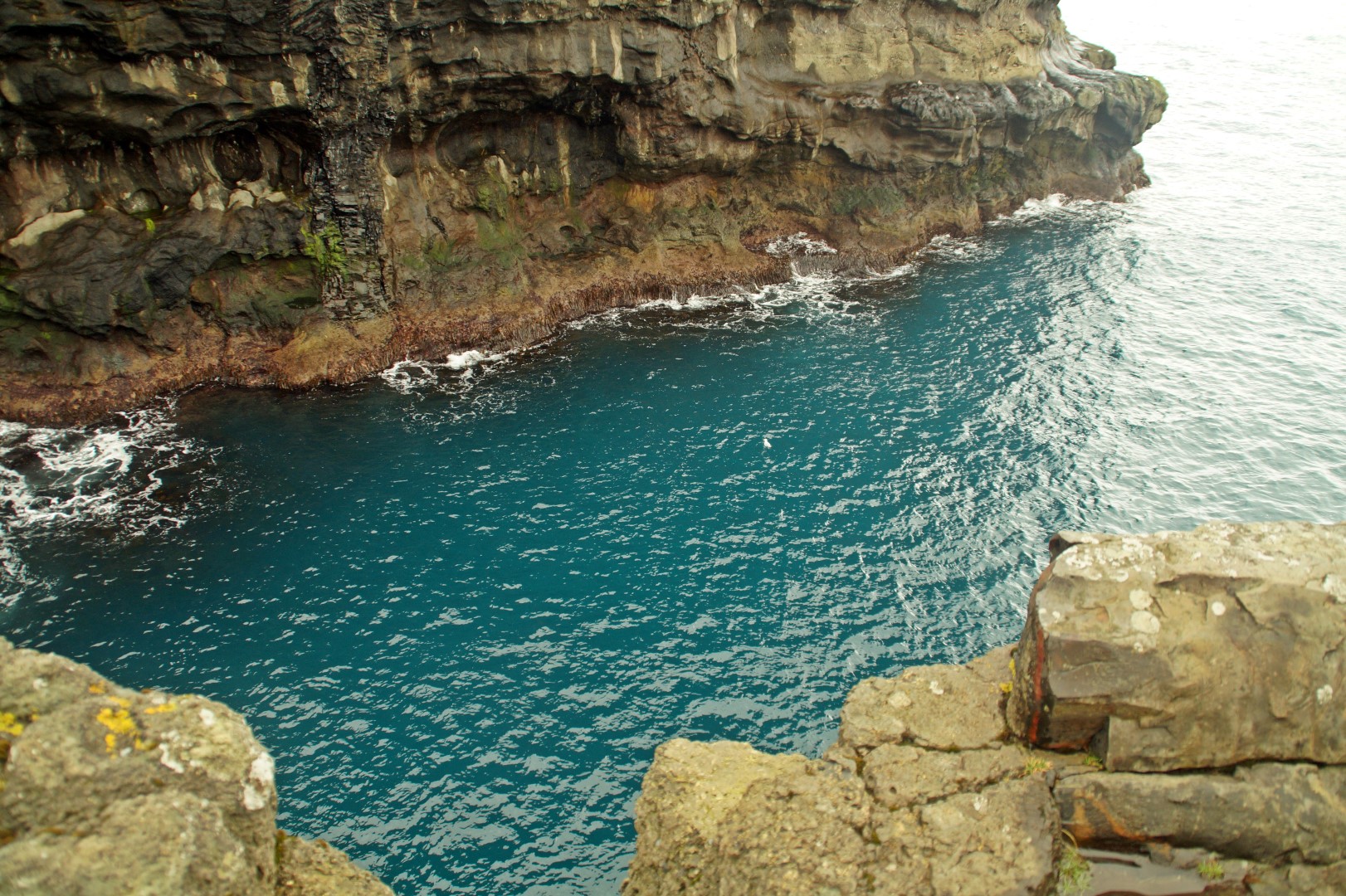
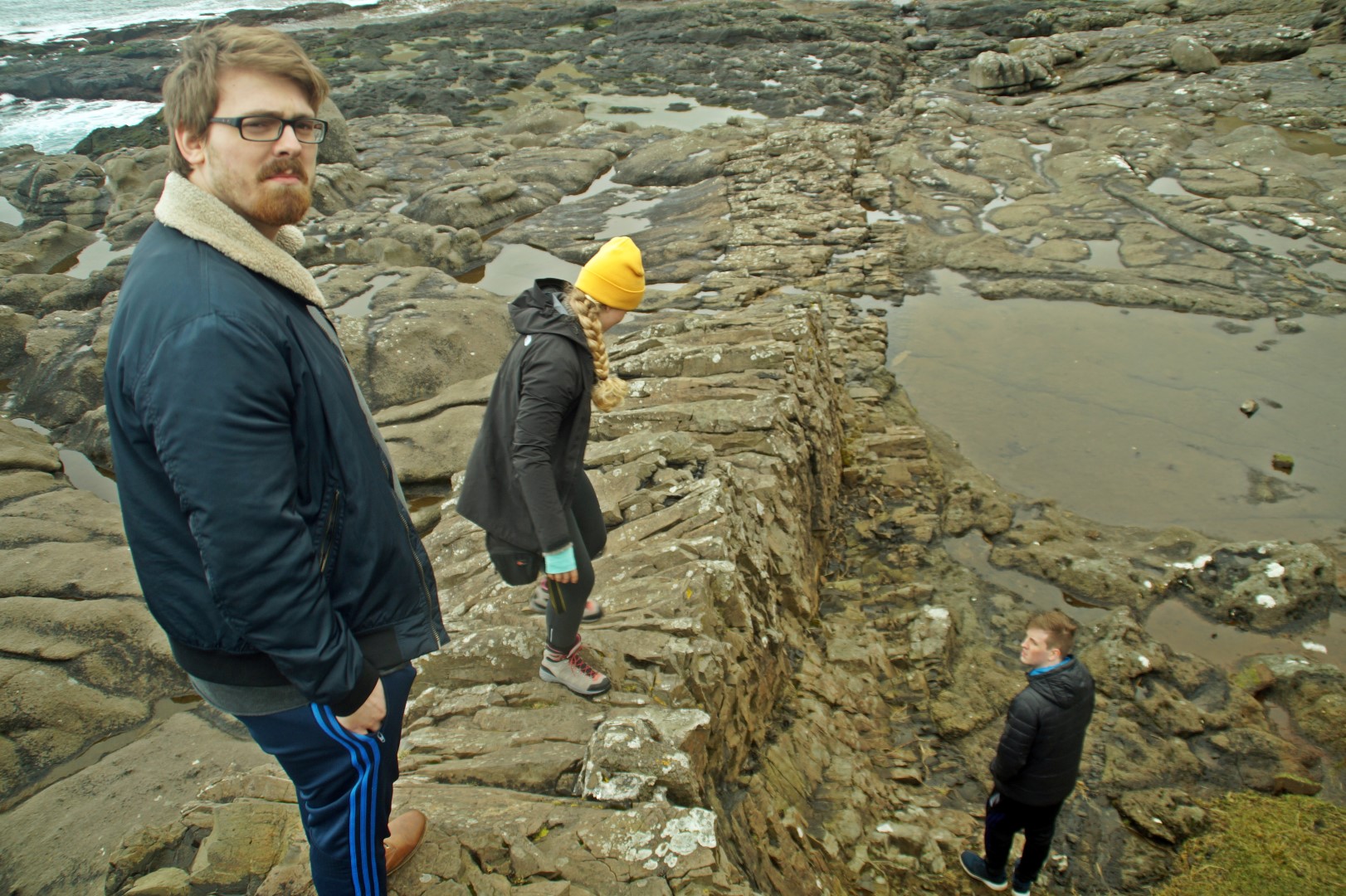
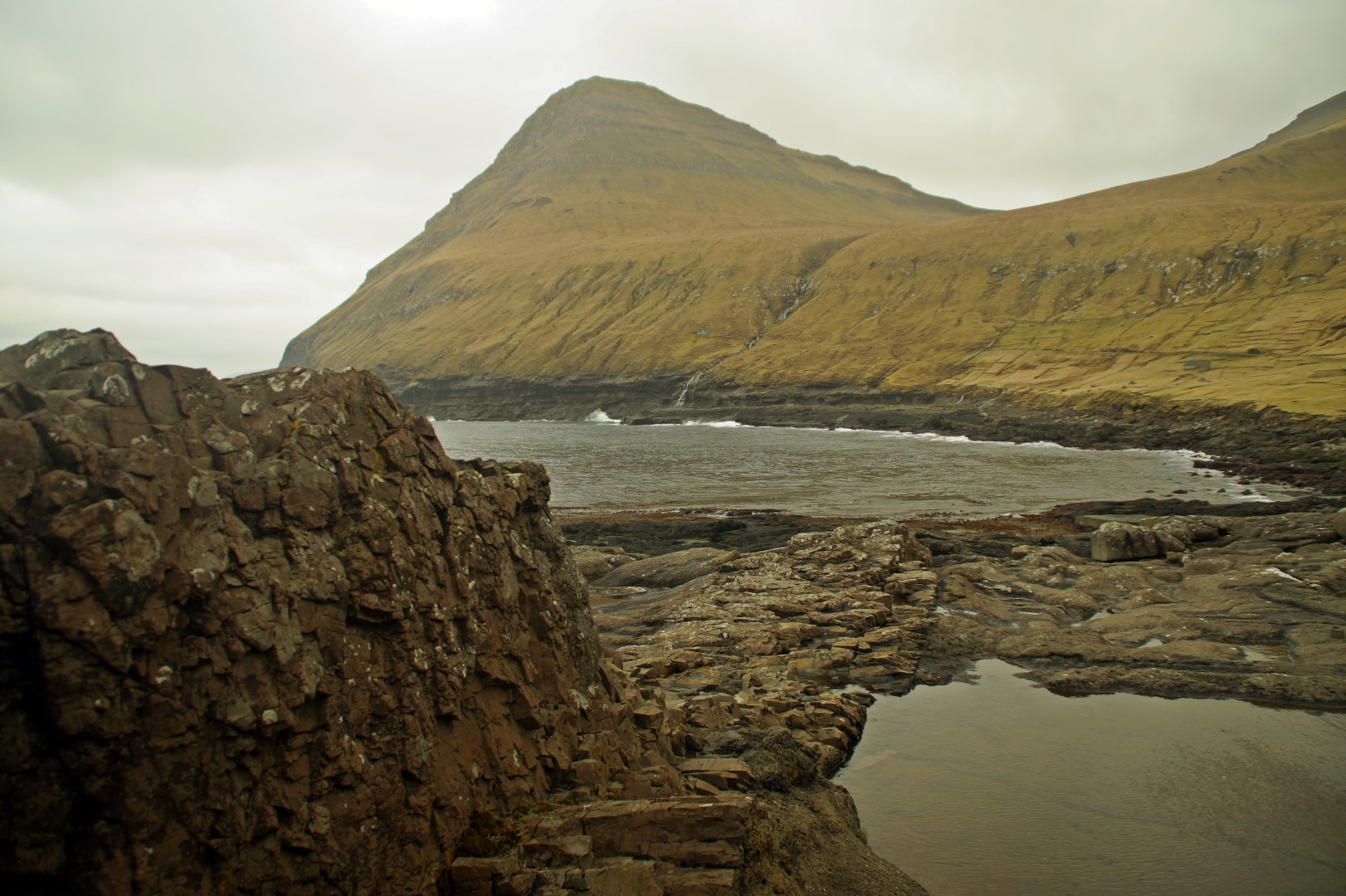
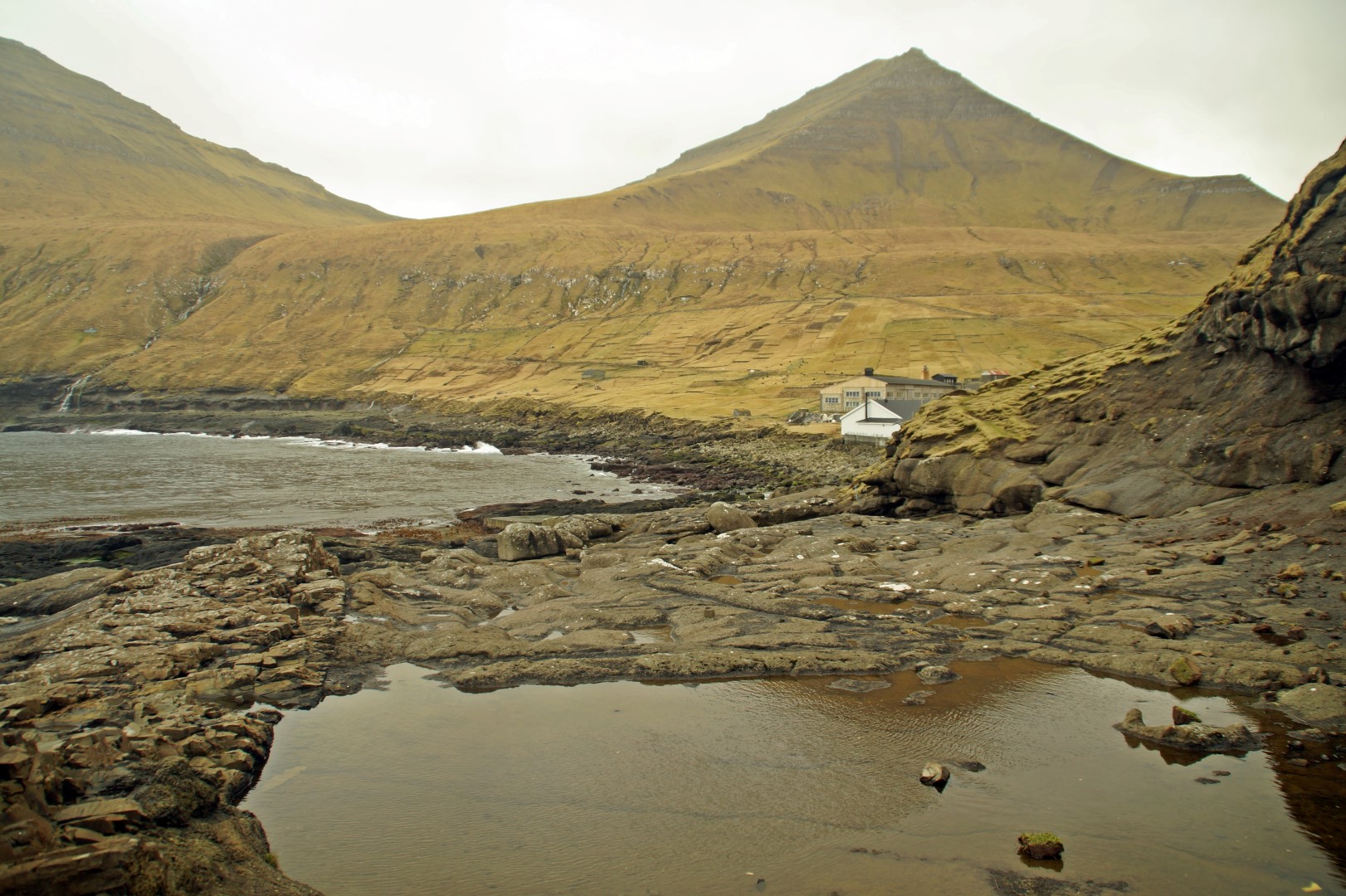
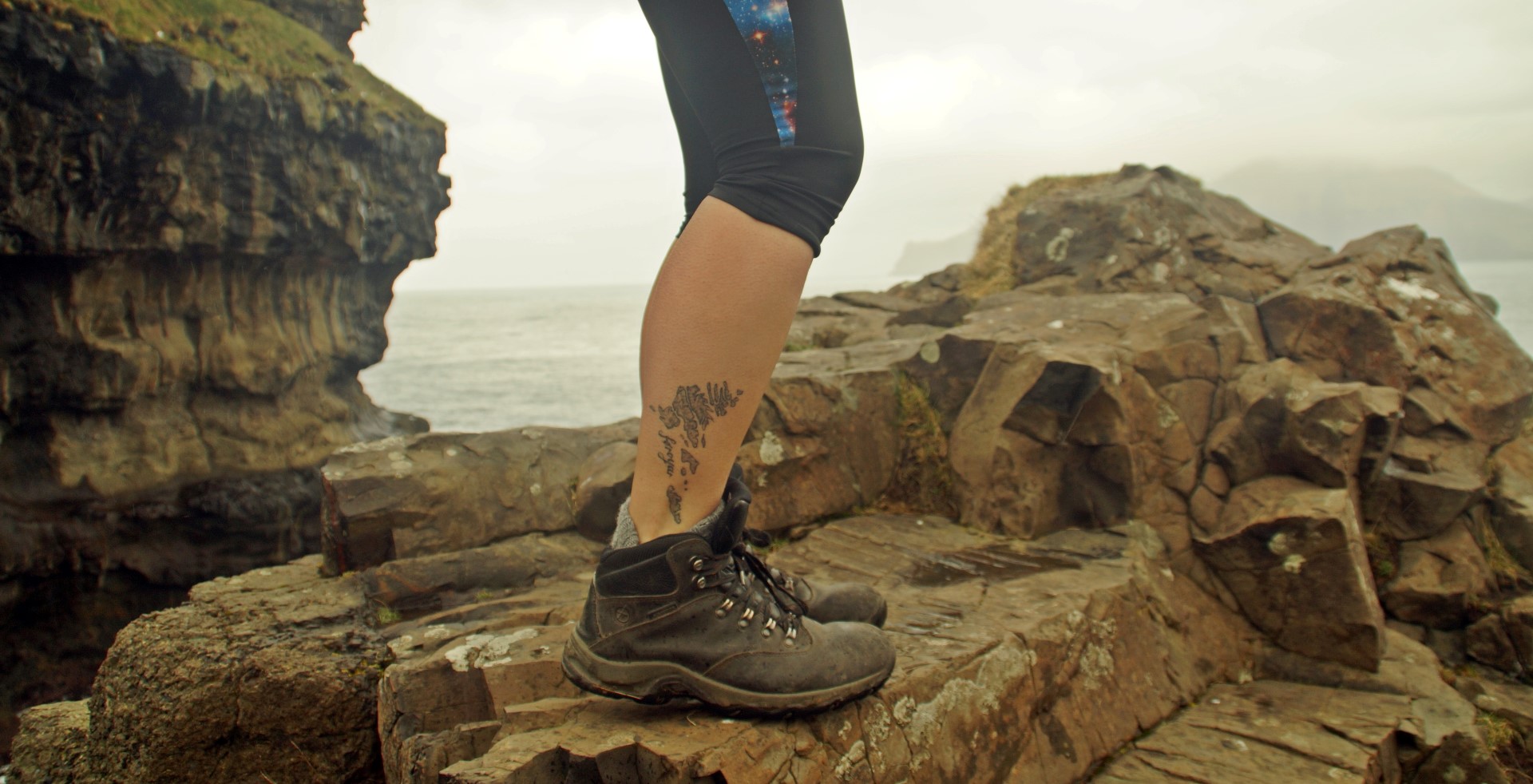
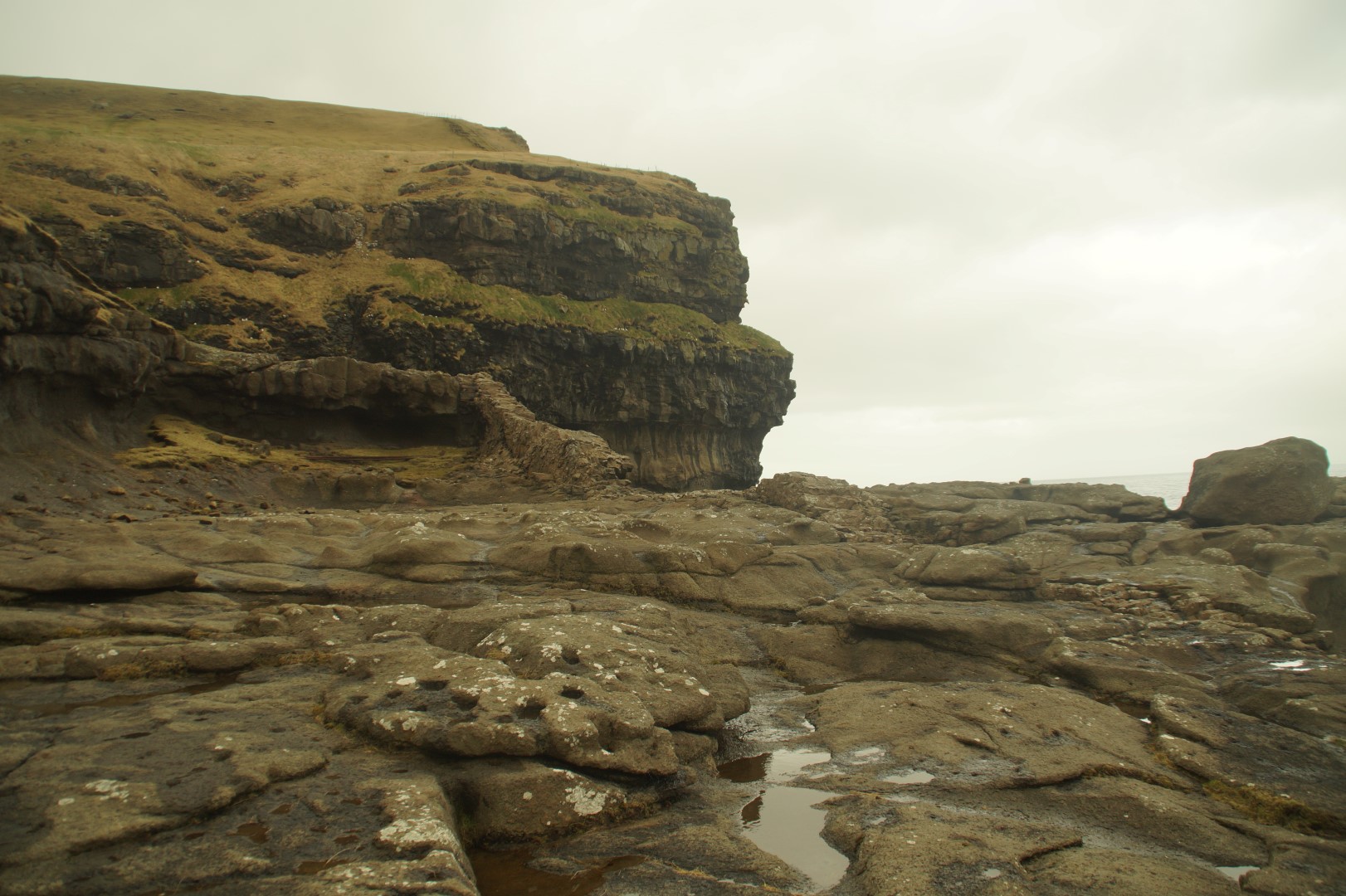
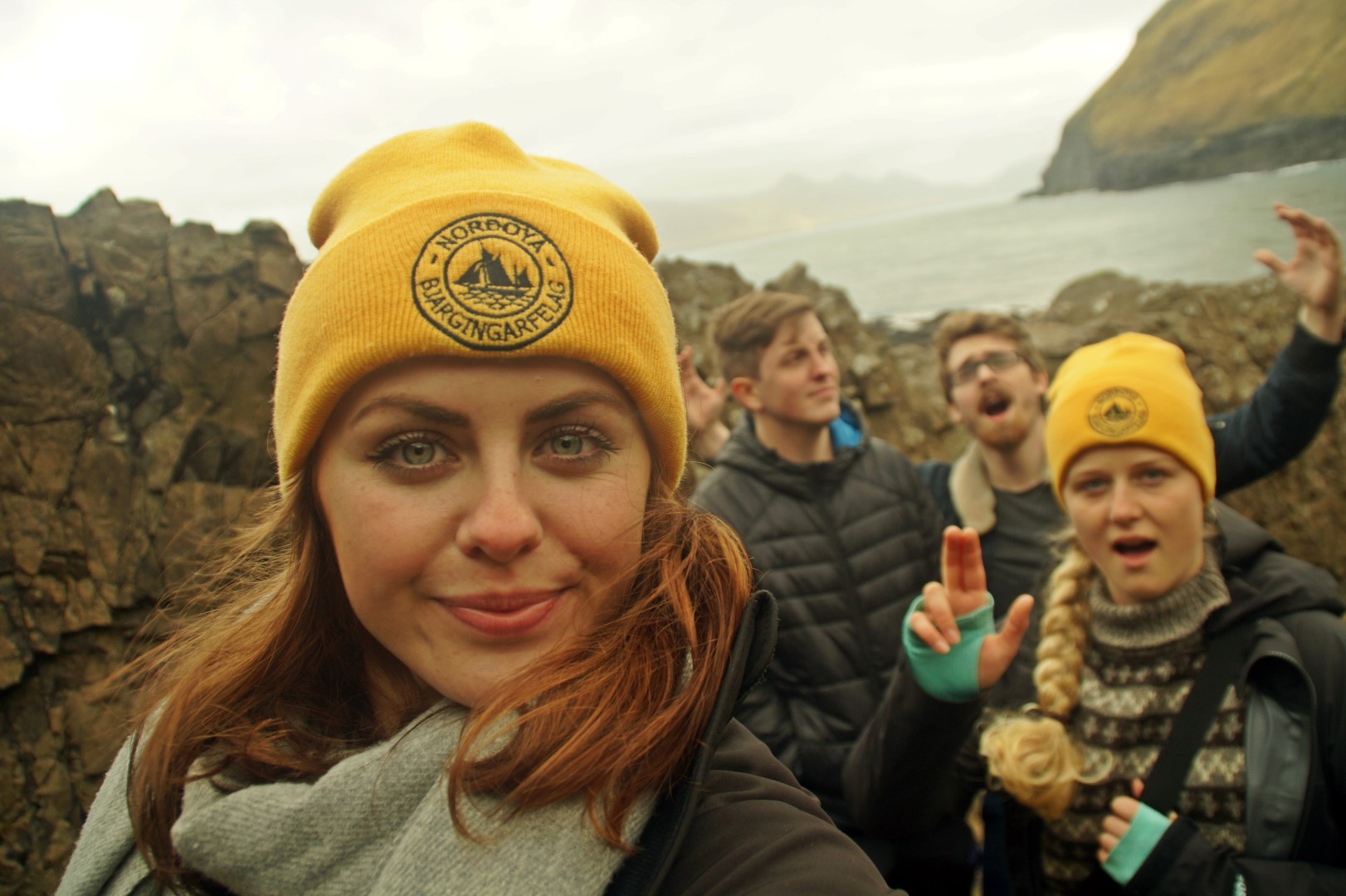
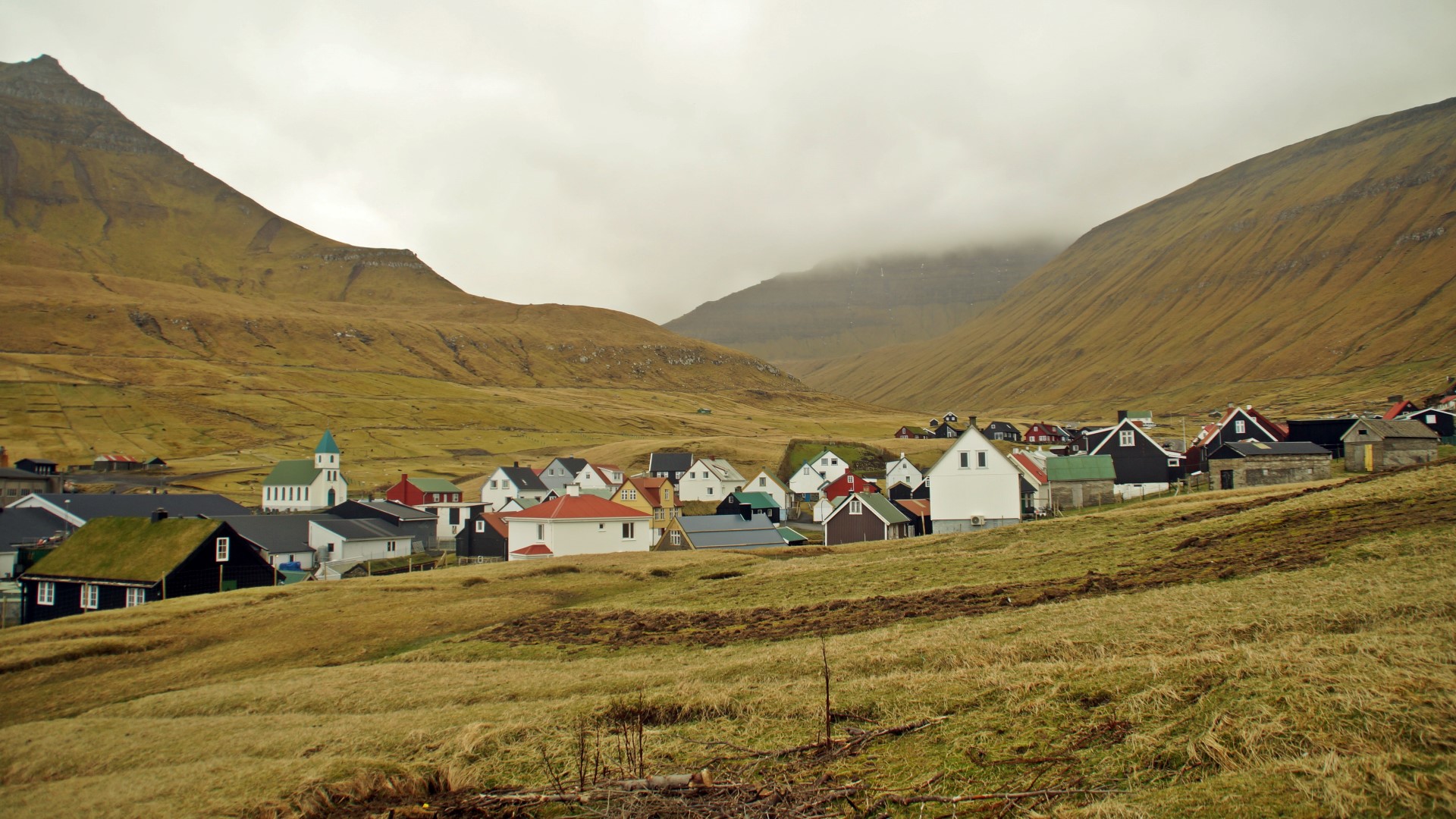
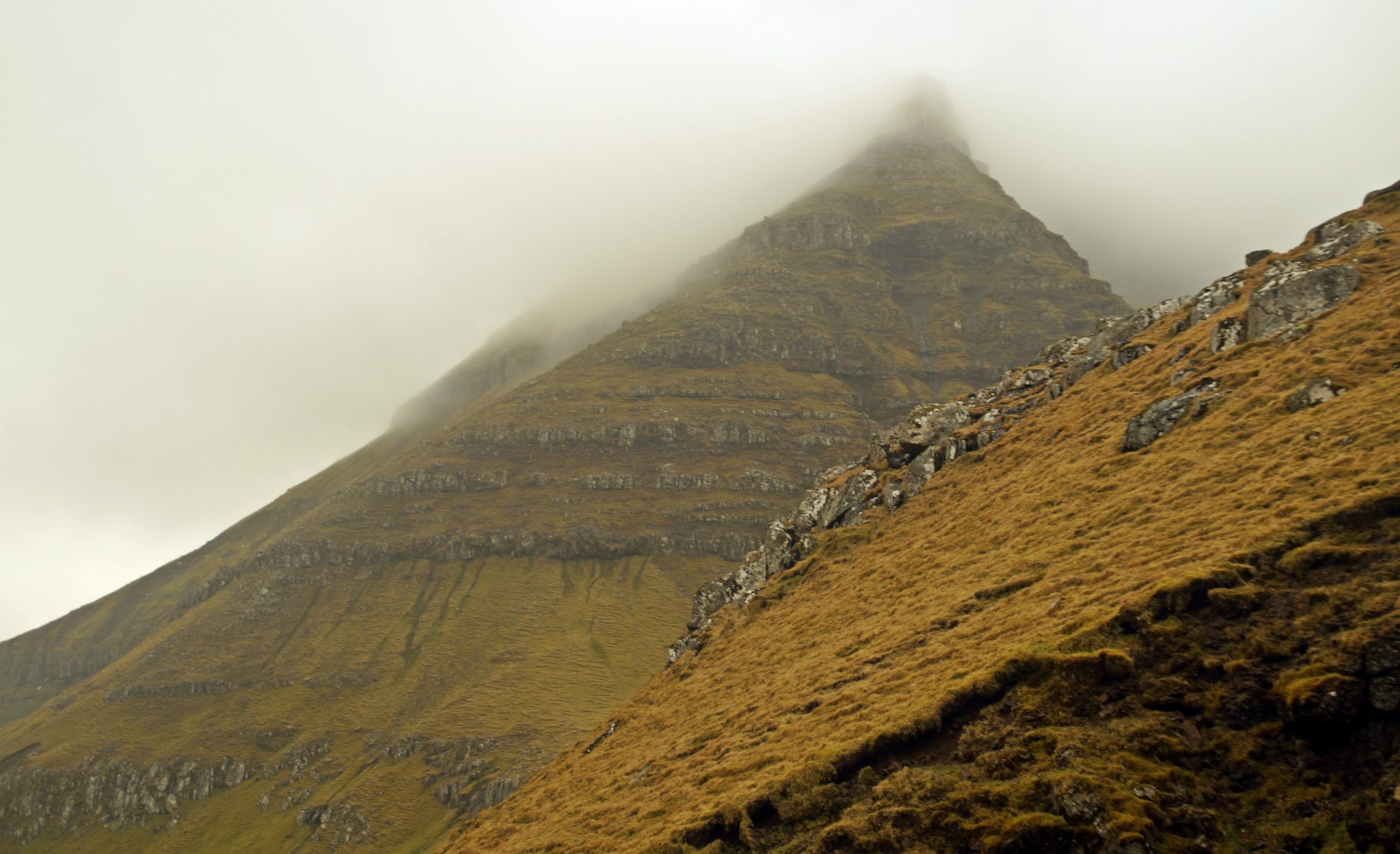
On the way back through Eysturoy, we made a short detour to the tiny village of Elduvík – a village that I hadn’t ever been to before! There’s only one road that leads to Elduvík, the beautiful Fjarðavegur, a so-called ‘Buttercup Road’. These roads can be found all over the Faroe Islands, marked by buttercup signs, showing the way to some of the most scenic parts of the country.
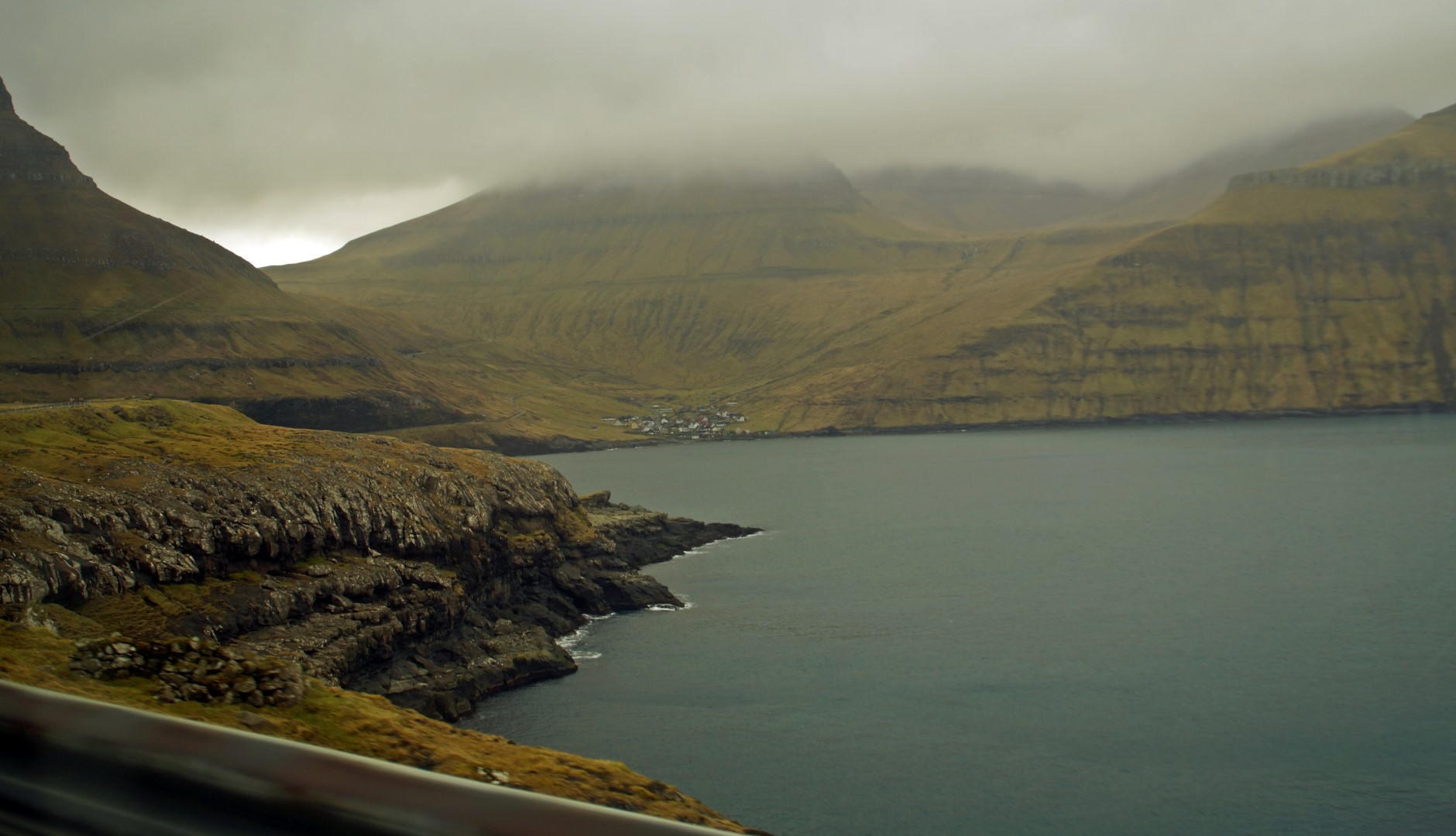
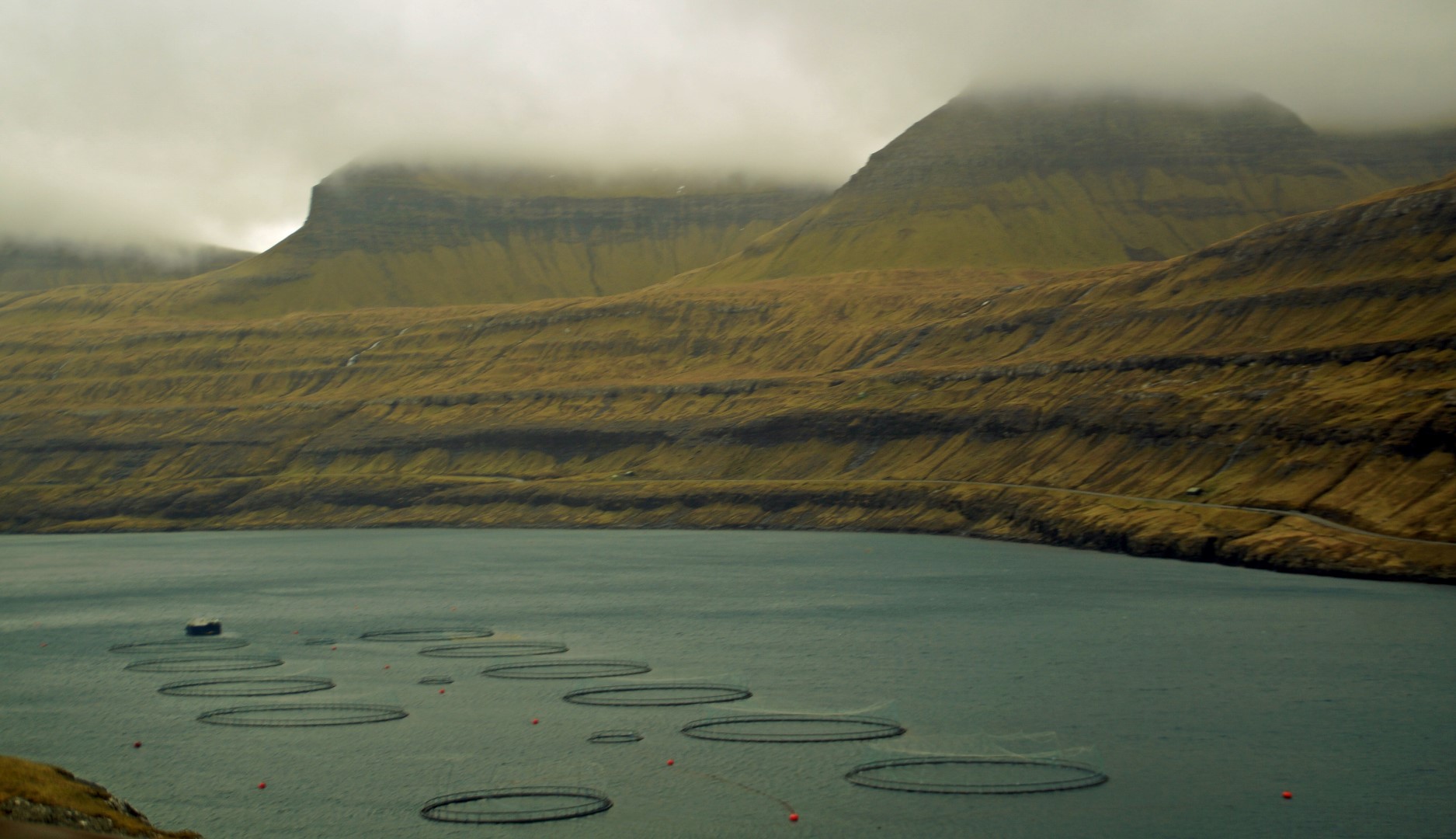
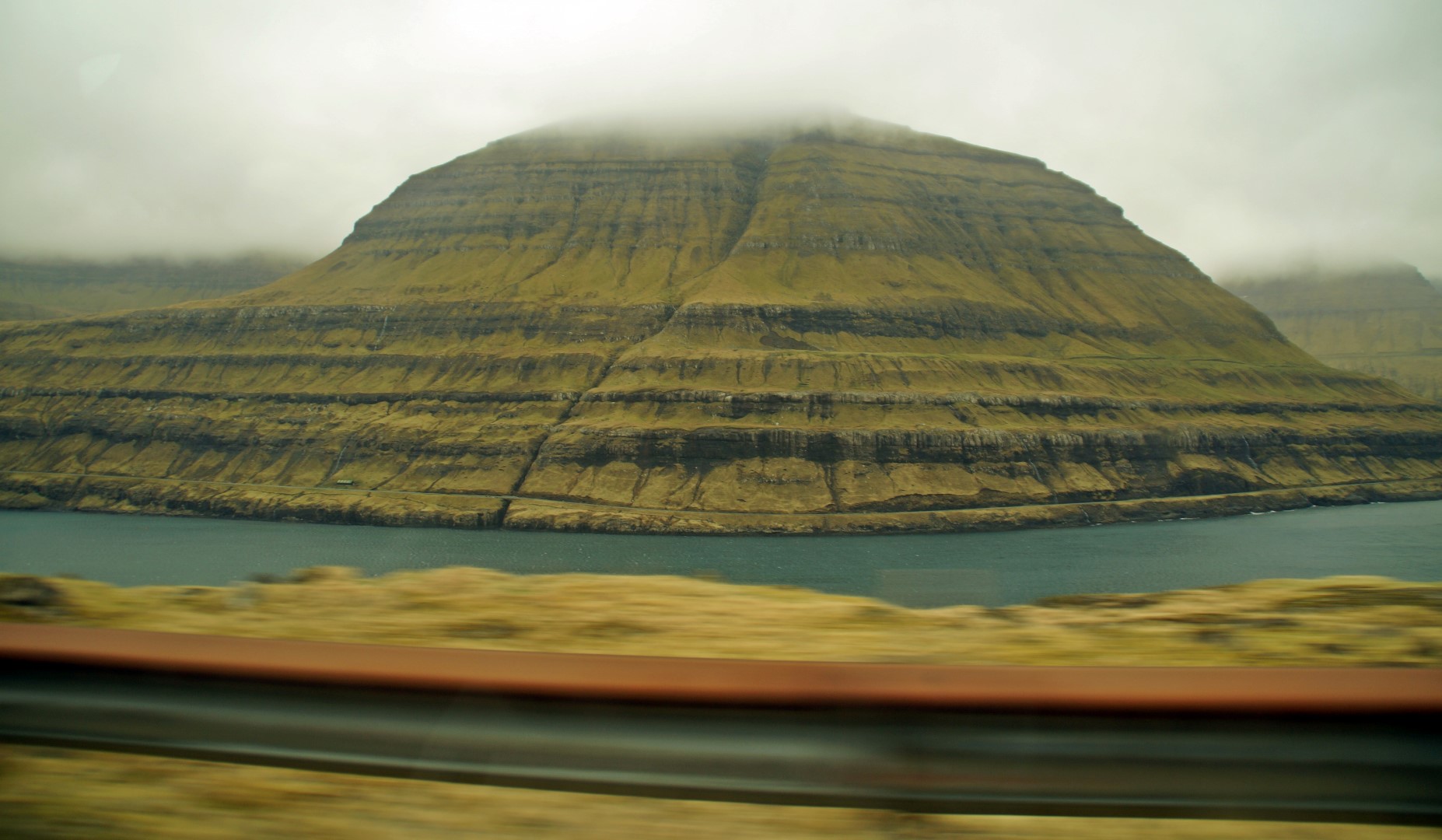
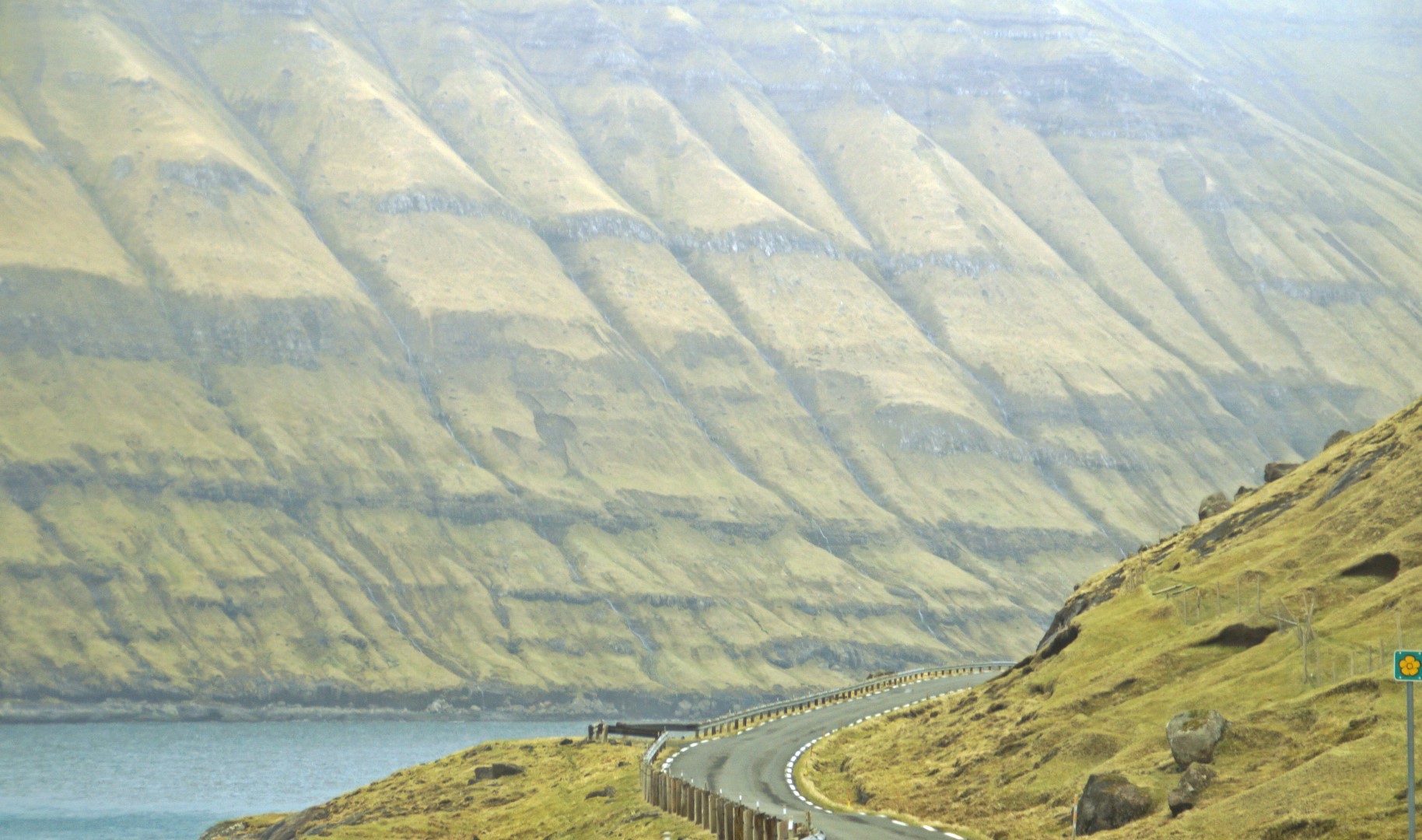
Elduvík is a tiny village located in the Funningsfjørður inlet on the northeastern part of Eysturoy, and is home to only 23 people. A small river runs through the village, splitting it into two parts.
To our luck, a local man was coming out of the village church from 1952 just as we arrived, so he let us go in to have a look. The church is a perfect example of a small, atmospheric, Faroese village church.
Elduvík is an extremely charming village with classic beautiful island views and turf-roofed houses. It’s no surprise that a Buttercup Road leads tourists there!
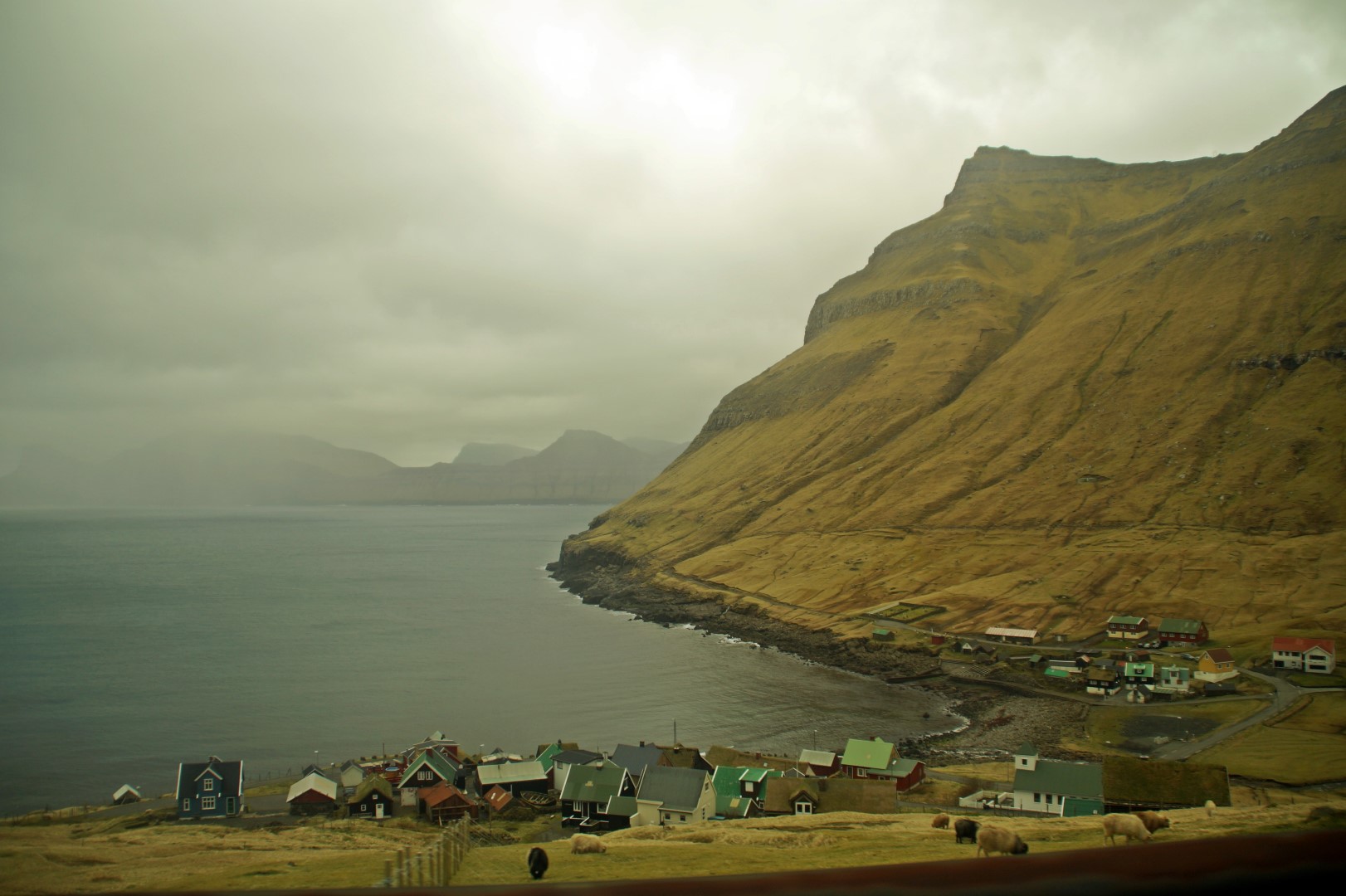
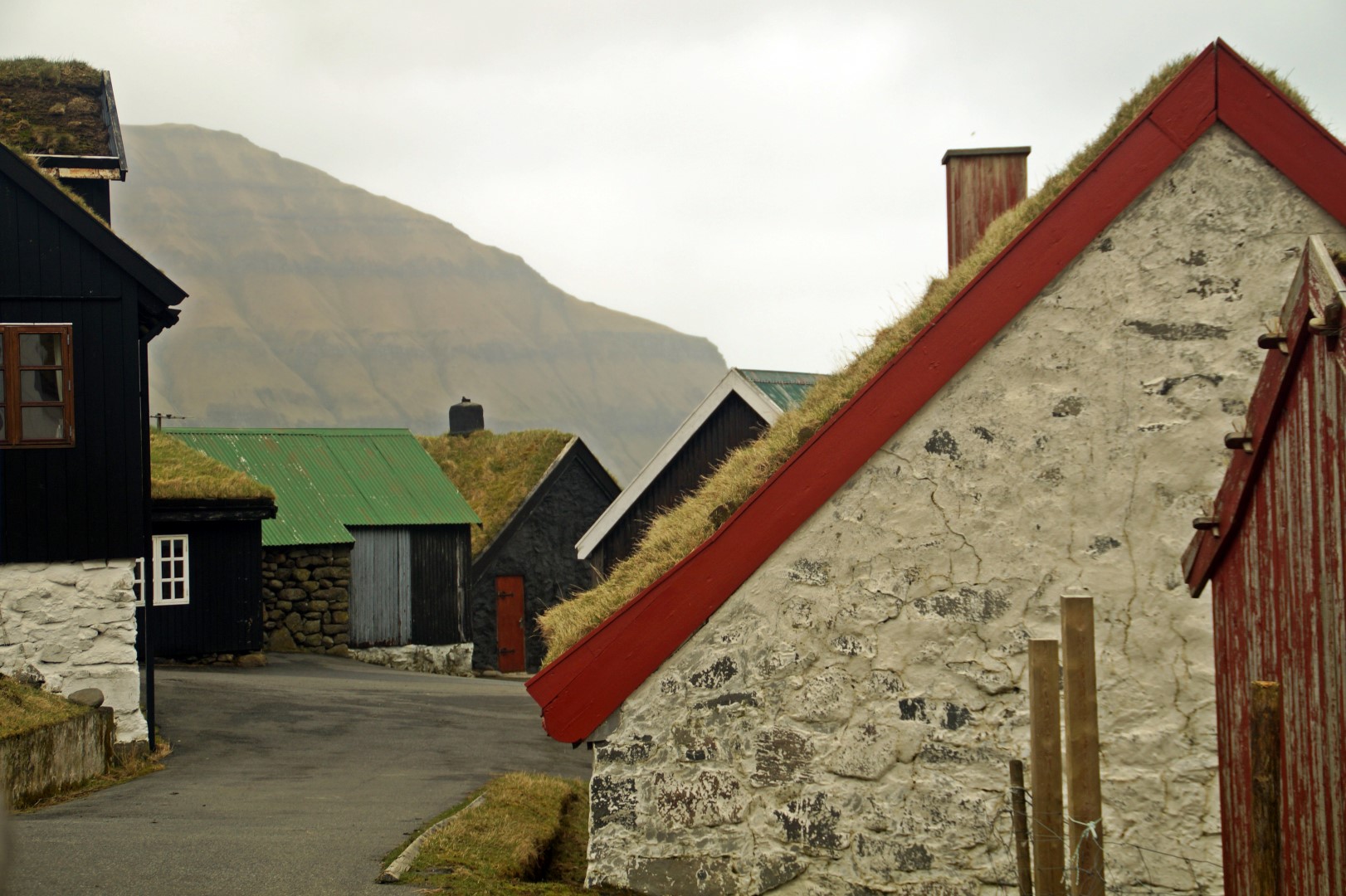
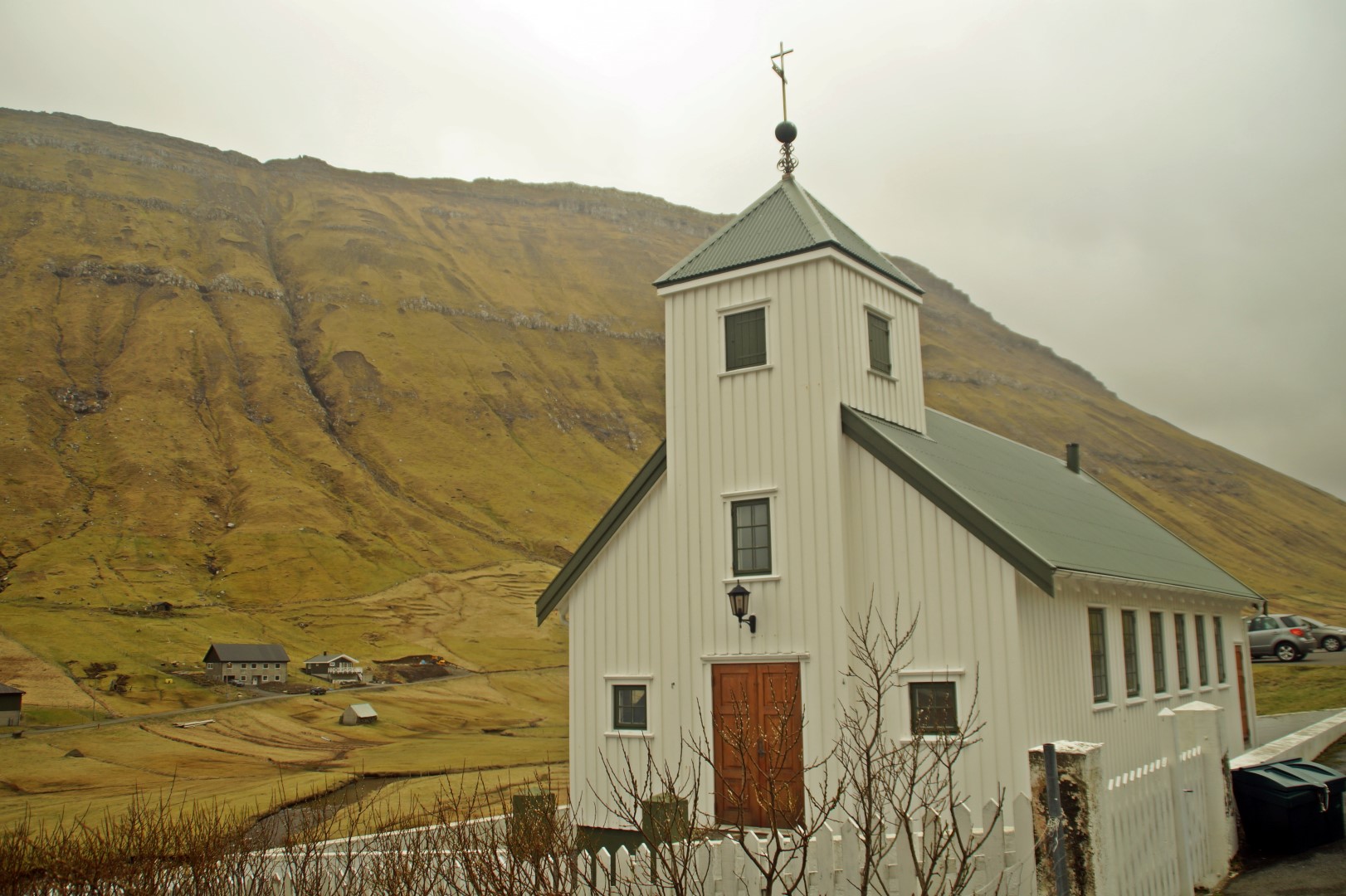
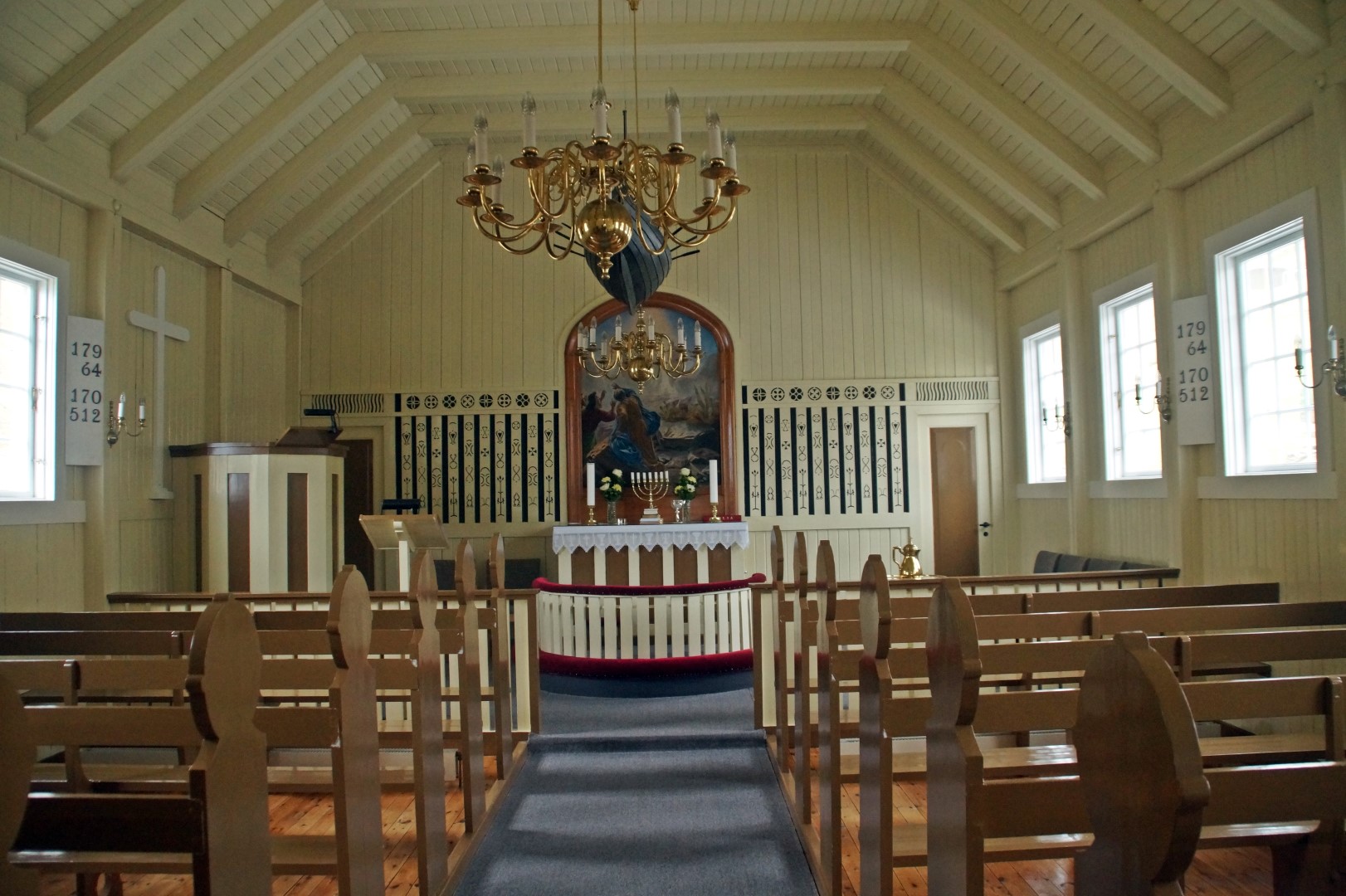
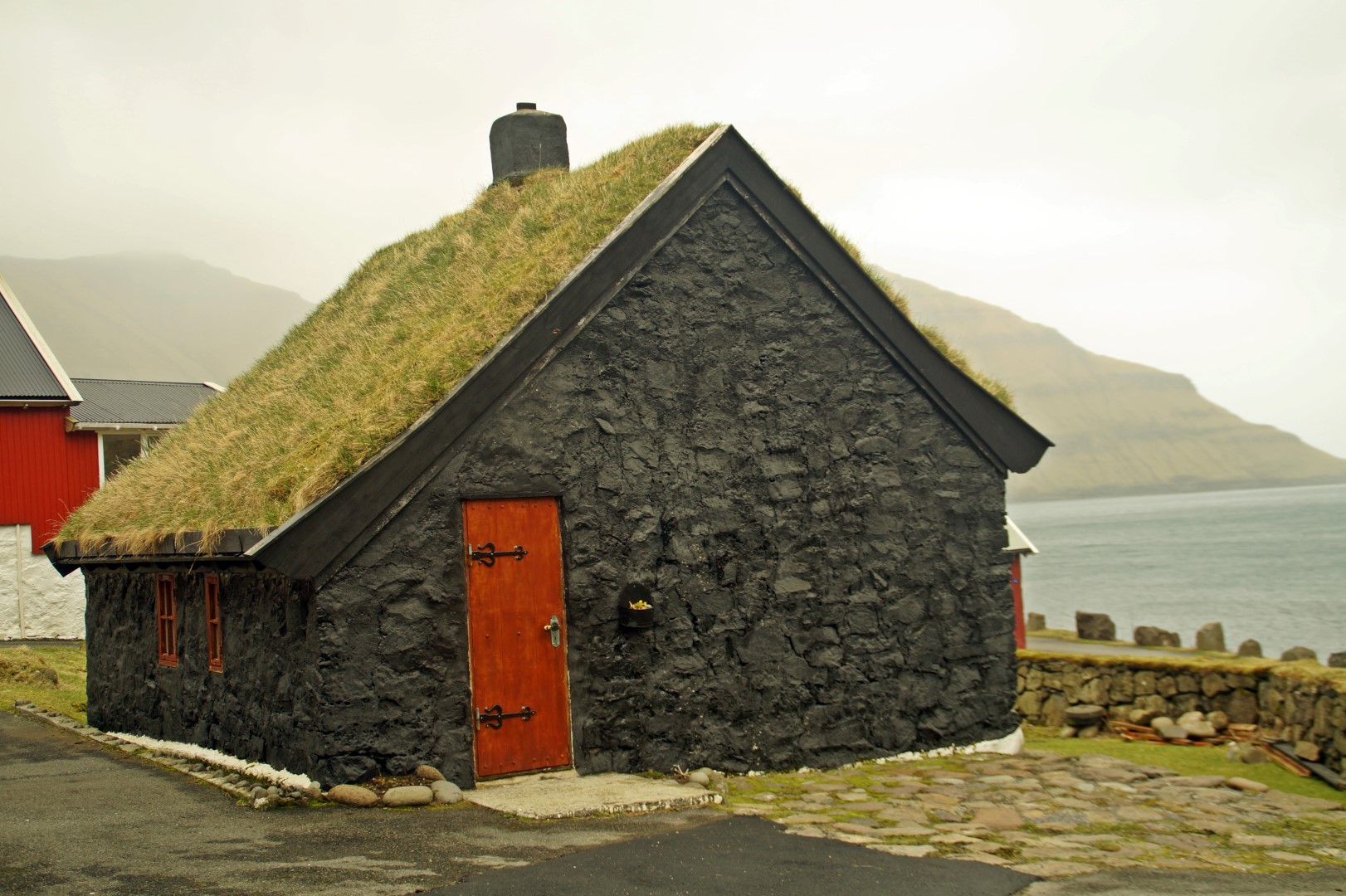
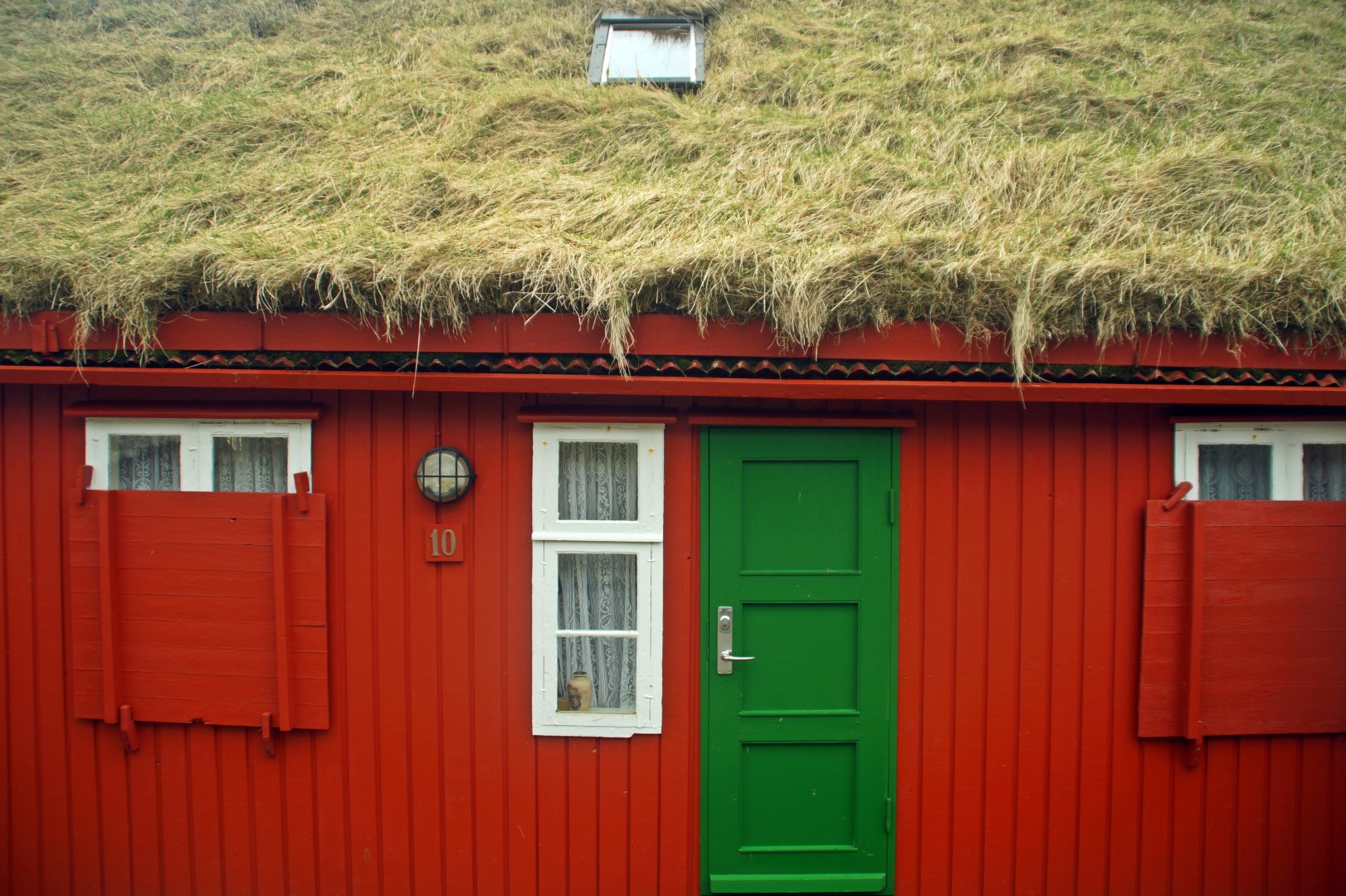
Back on Streymoy and heading towards Poul’s home in Hoyvík, we made a short stop at Við Áir, an old abandoned whaling station located half way between the villages of Hvalvík and Hósvík.
The whaling station of Við Áir was the last of seven whaling stations to be built in the country. It was built in 1905 and run by the Norwegian company Chr. Salvesen & Co until 1930. In 1936, the whaling station was taken over by the Faroese company P/F Sperm, who rebuilt and modernized it. By 1936, the whale stocks in the North Atlantic Ocean had decreased, and during the Second World War, the whaling activities stopped completely, yet resumed in 1945, when the war had ended. But the whale stocks had decreased so much that the company went bankrupt in 1952, and after being in the hands of a few other companies for 16 years, the whaling station was almost abandoned. In the following 18 years, only approximately 30 whales in all were shot and brought to the station, and in 1986, the last whale was shot.
On November 26th 2013, there was one last activity at the station, when a stranded Sperm Whale was hauled up and shortly after being cut into, it exploded. The video of the incident soon went viral – if you haven’t already seen it, you can see it here!
The whaling station is the last of its kind in the Northern Hemisphere, and out of a total of 214 whaling stations built by the Norwegians in the 20th century, it is one of three that remain in the world; the other two are located in Albany in Western Australia and Grytviken on the island of South Georgia.
Today, the station is being preserved by the National Museum as a place of historical importance. I thought it was very interesting to explore the abandoned whaling station, although I would’ve never been able to guess what once went on there, had I not known before going.
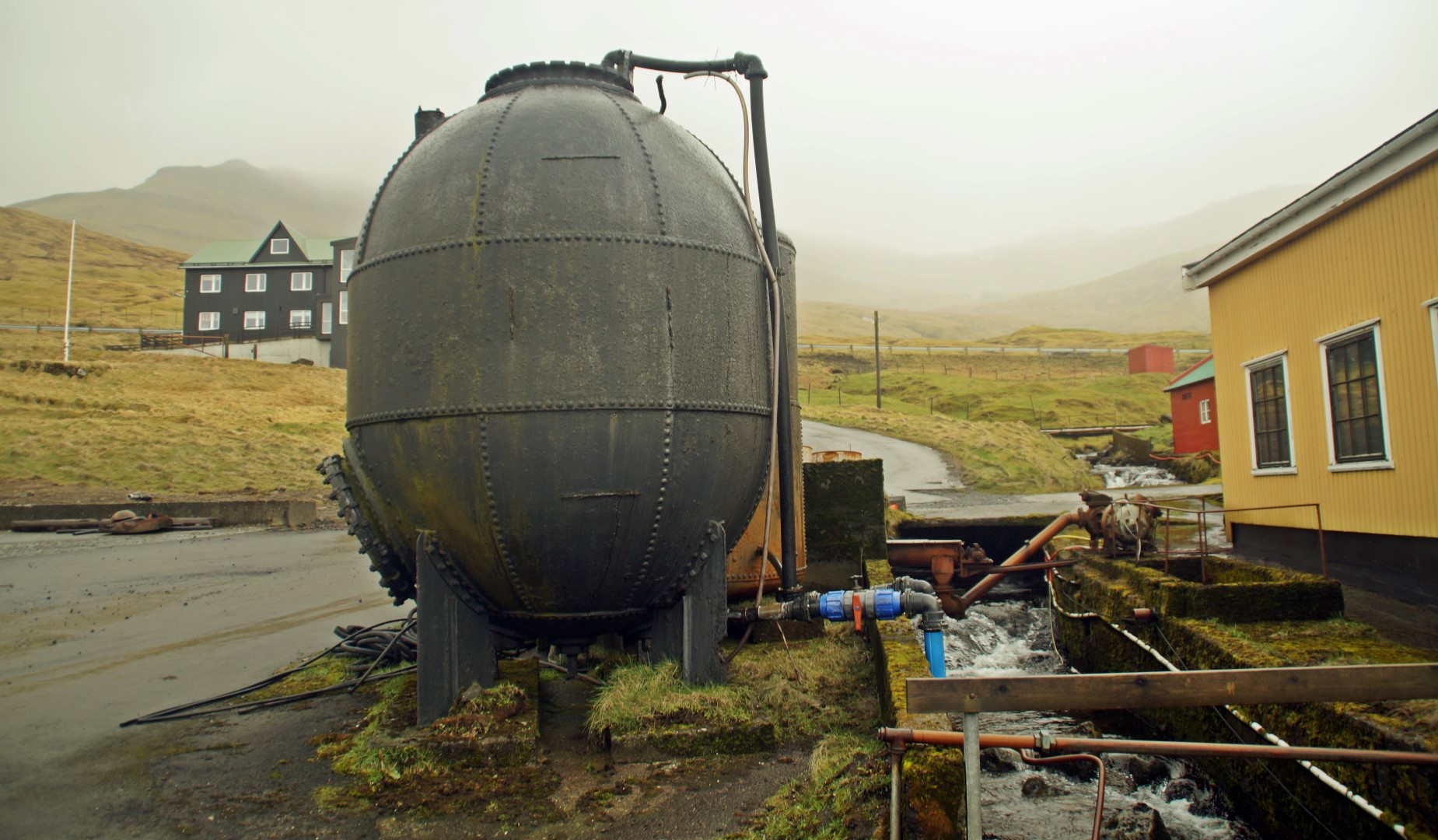
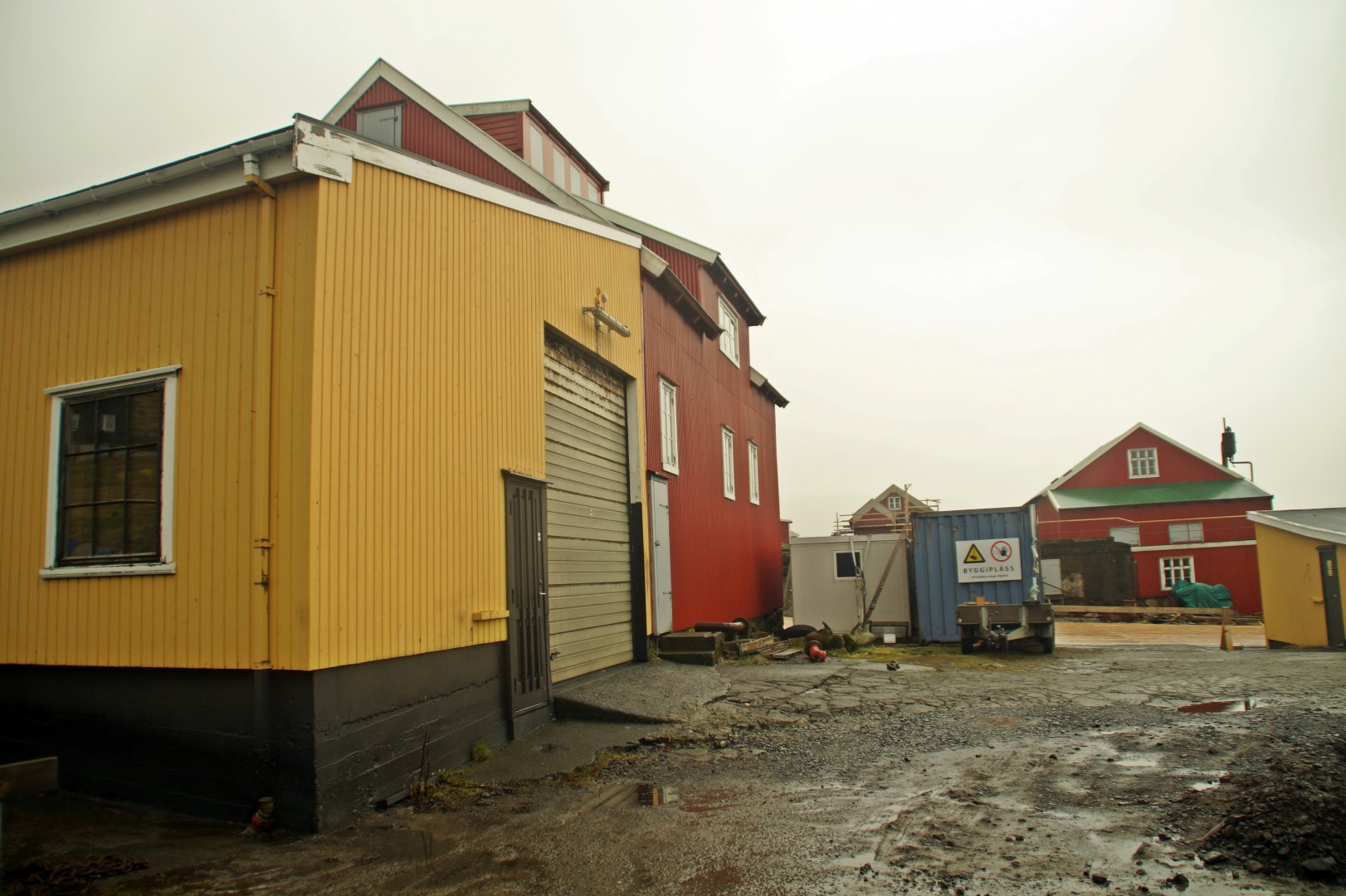
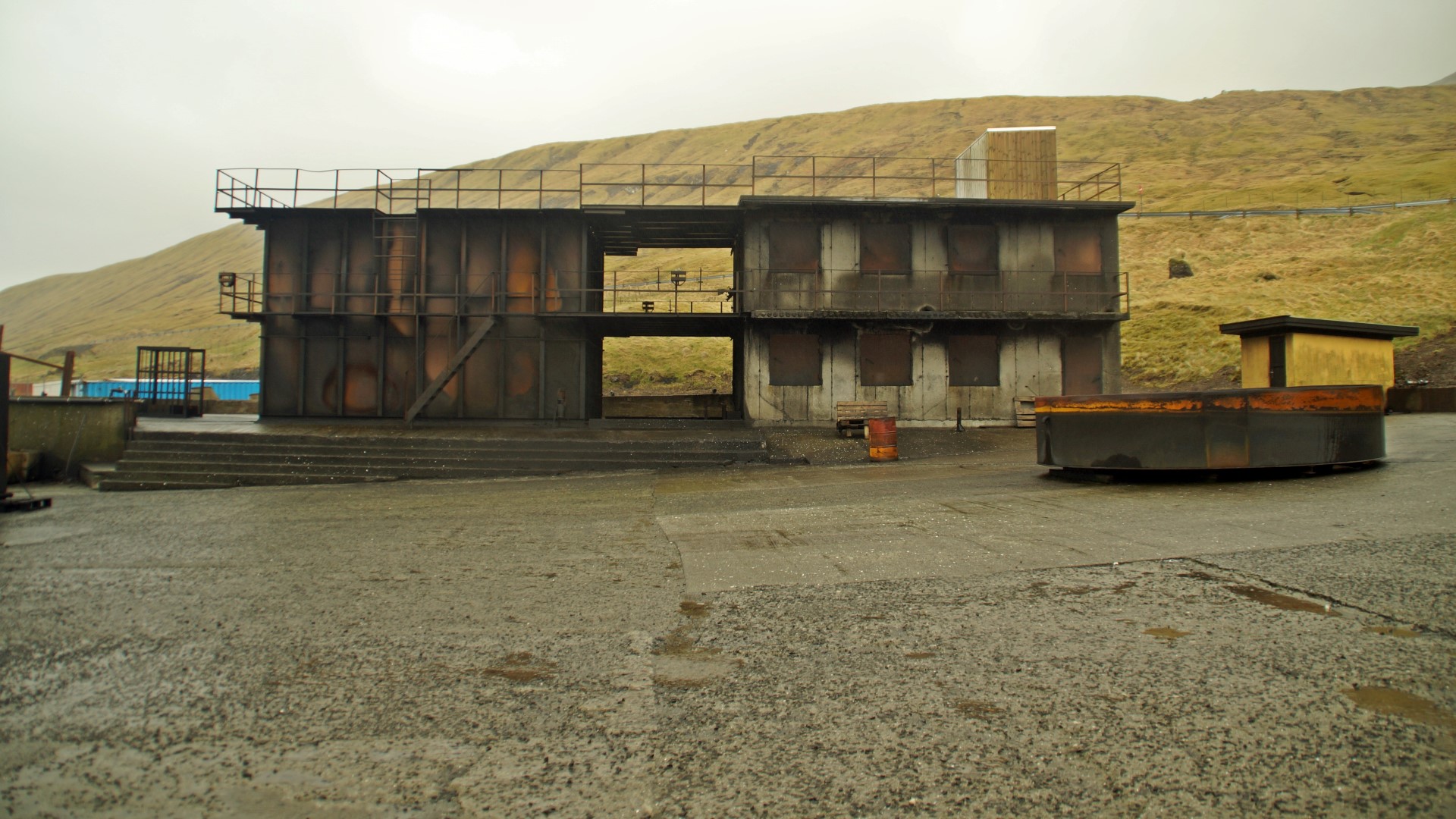
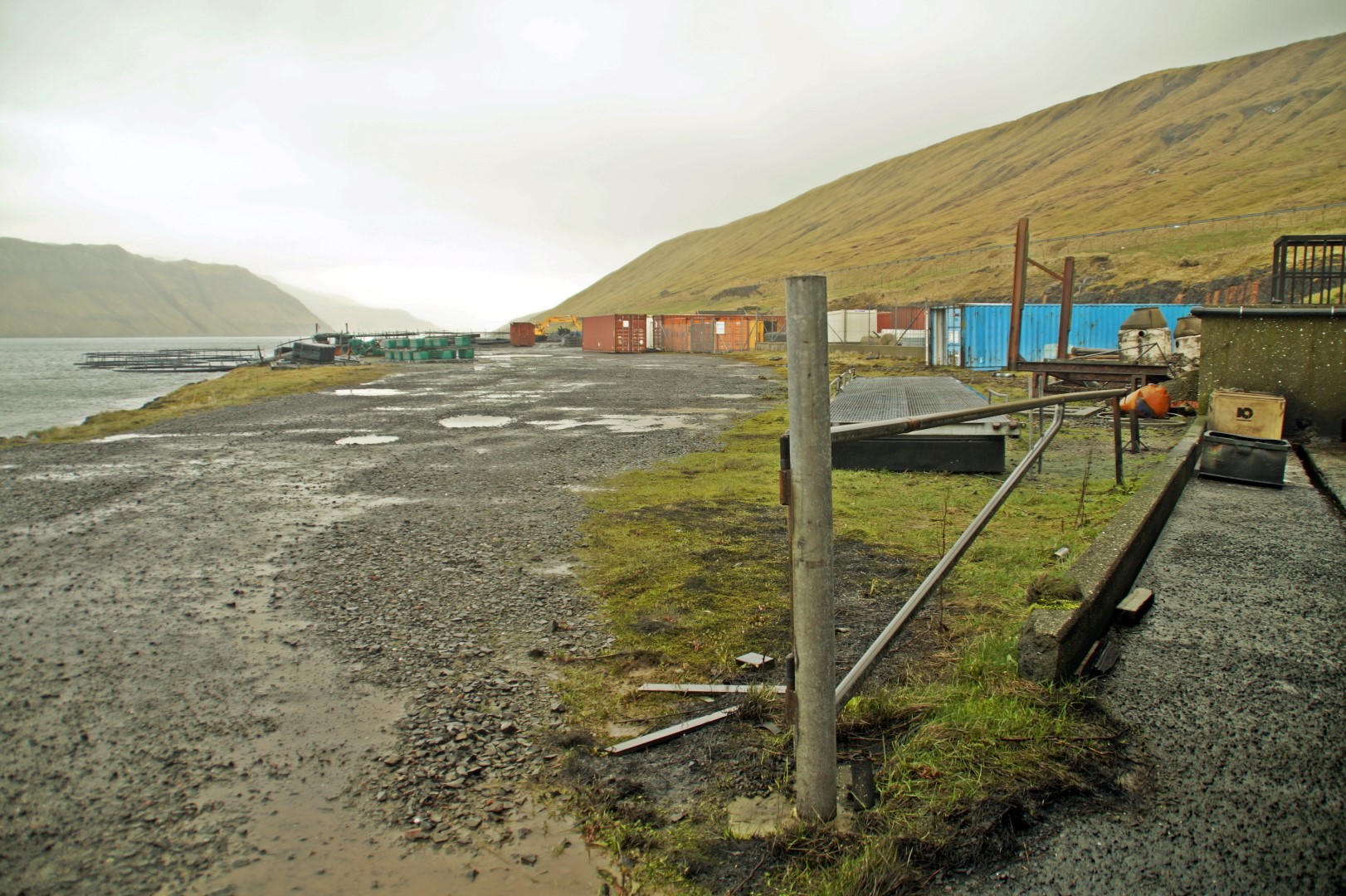
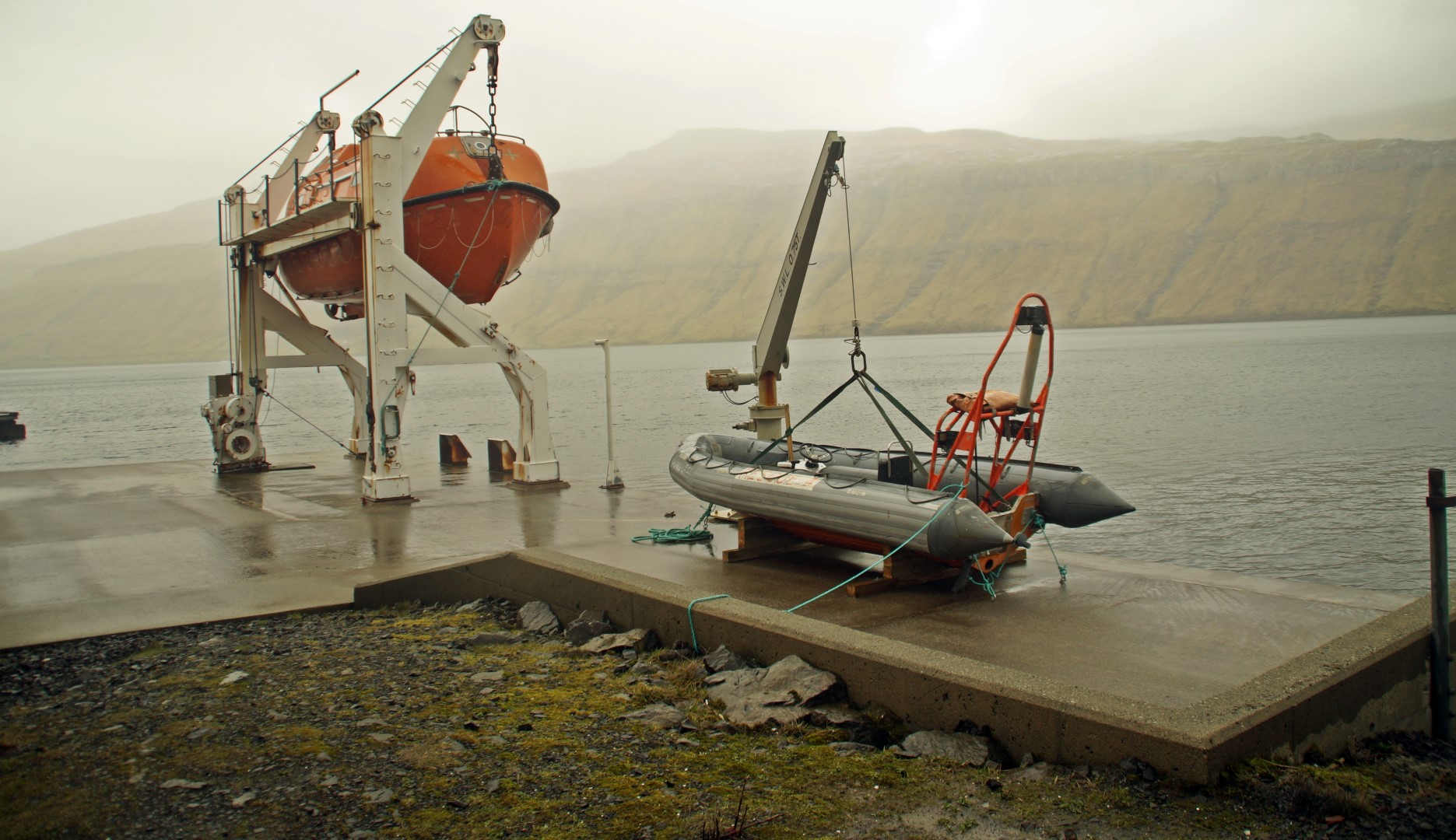
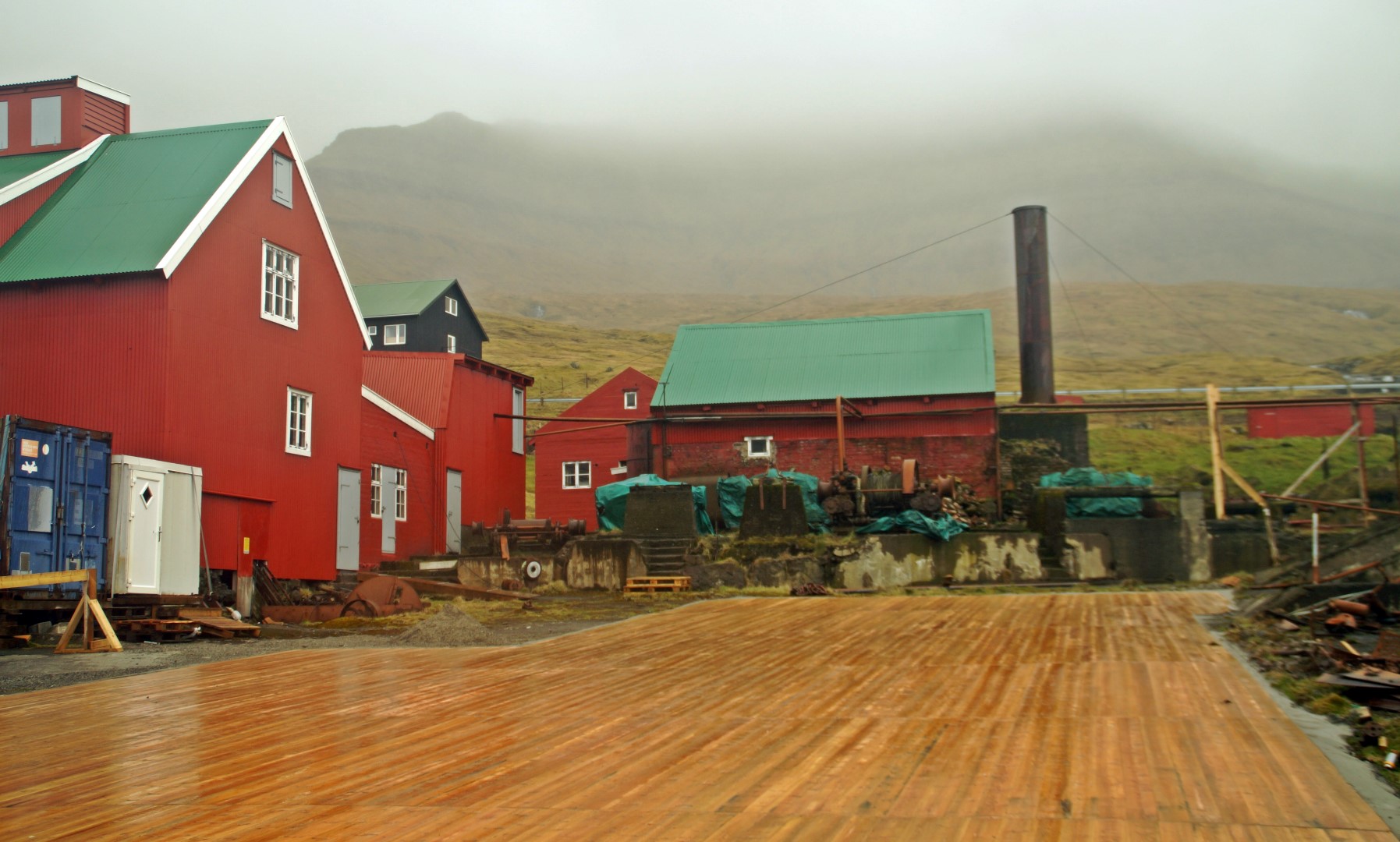
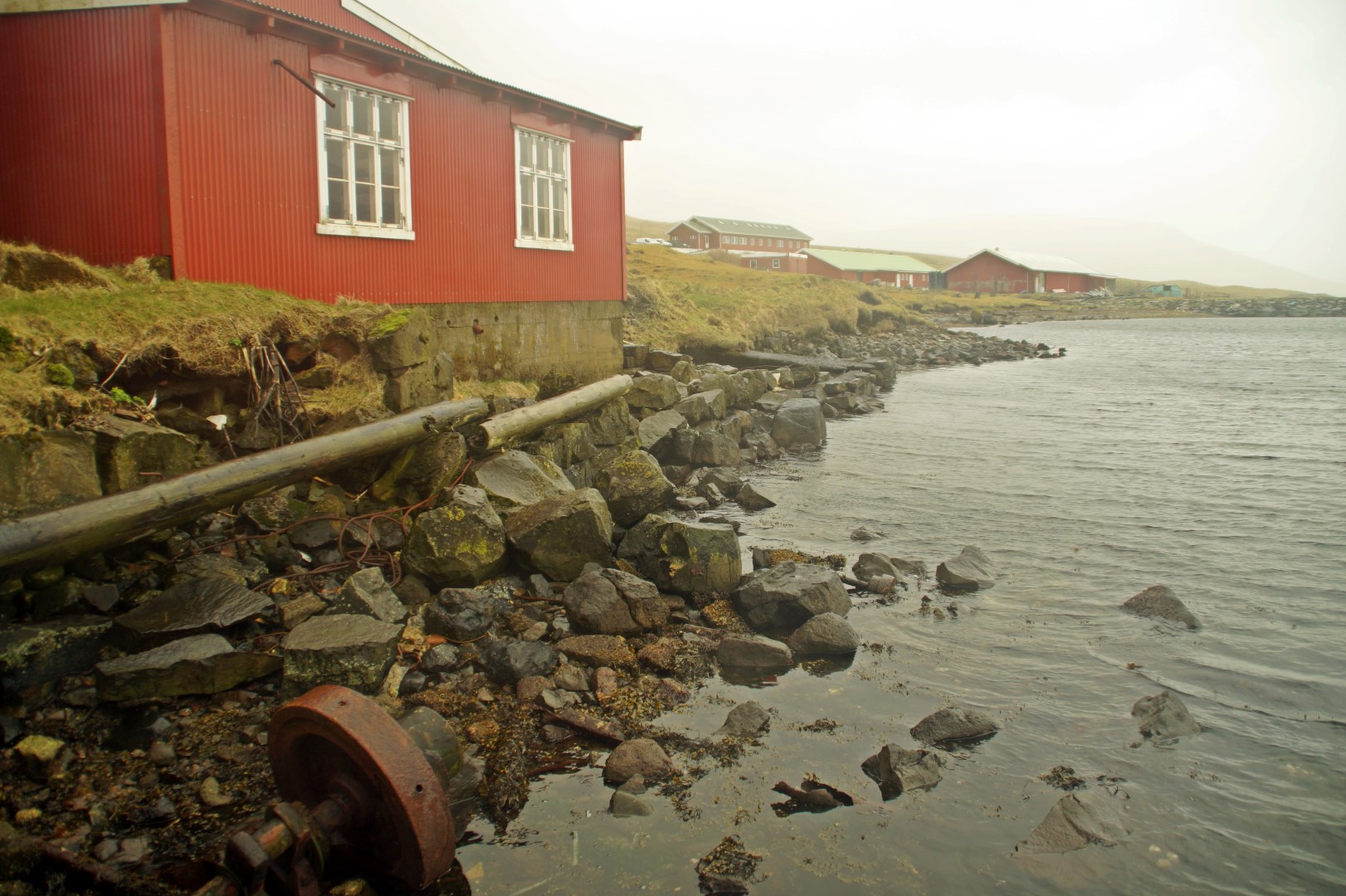
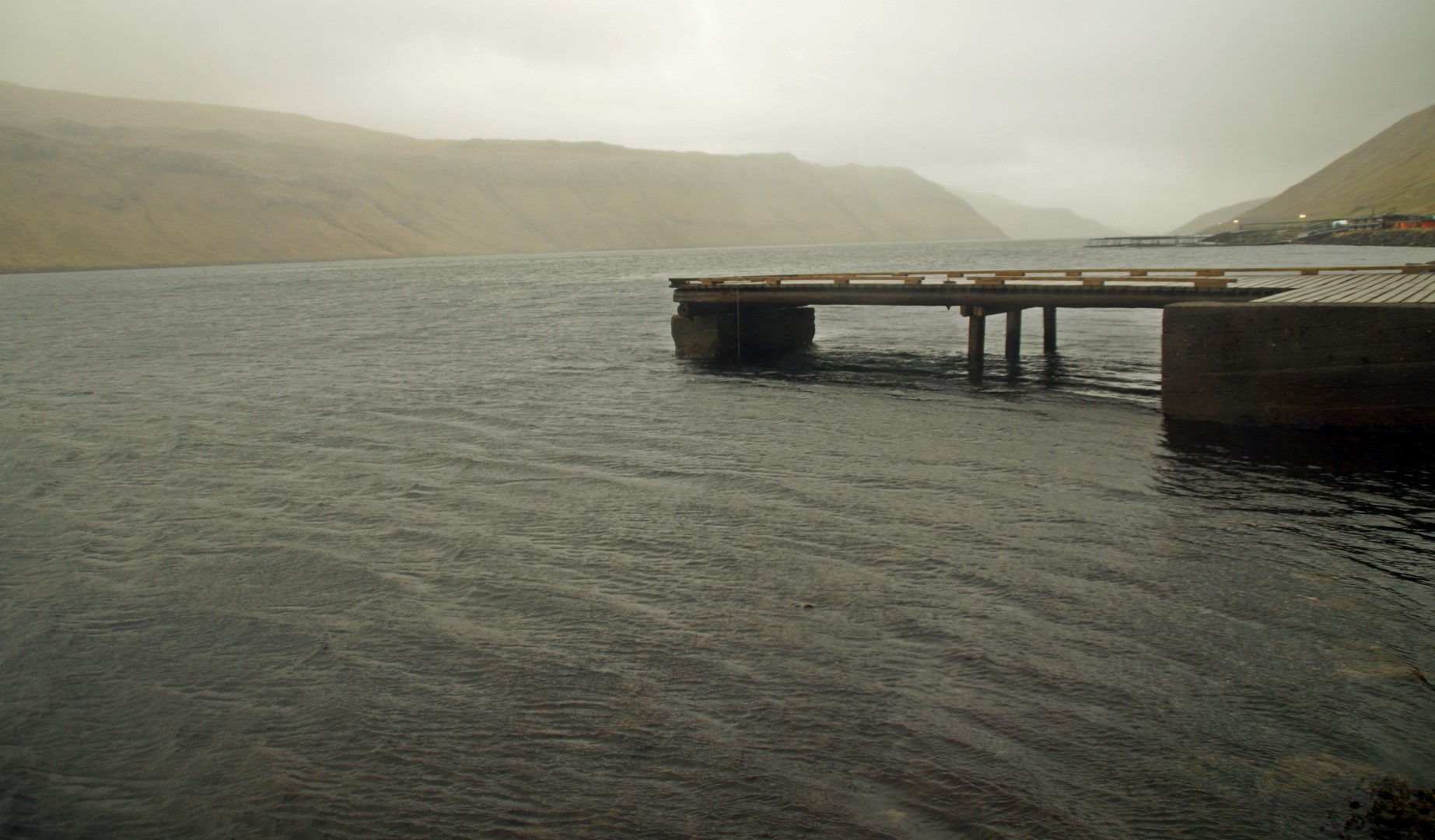
Despite being a rainy and slow day, our first full day in the Faroe Islands was still full of adventure and new views of my favourite country. It was good to start out slow, especially considering the physical challenges that we would be faced with in the following days – stay tuned!
Tours to Gjógv and Elduvík
Gjógv is one of the prettiest villages in the Faroe Islands, but it’s not easy to get there without a rental car. There are many tours to choose from, though, for example this excellent photography tour which also includes the villages of Funningur and Tjørnuvík. Even with a rental, the roads to Gjógv are treacherous when icy, so you might want to consider this winter tour which also includes a visit to the famous Fossá waterfall!
Alternatively, if you only have a short time on the Faroe Islands, you can take the “Everything in One Day” tour, which covers much of the three main islands, and of course includes a visit to Gjógv. If you fancy going the hiking above Gjógv with a guide, you can find a tour here!
There aren’t quite as many tours to Elduvík as it isn’t as popular as Gjógv, but it is just as beautiful in my opinion, so it might even be a better destination option. If you’re visiting during the winter, this tour has you covered!
It’s also possible to combine Elduvík and Gjógv in one tour, which also includes the beautiful village of Saksun and several other stops on Eysturoy!


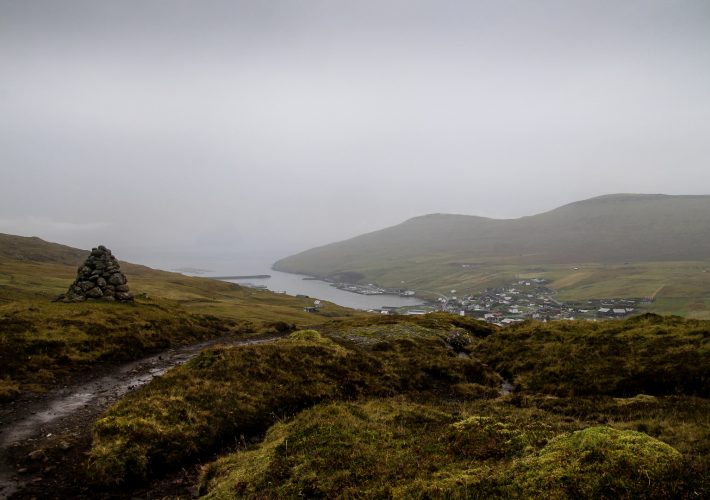

6 COMMENTS
Donald Lockhart
2 years agoAll I can say is what a Glorious life ! Keep Machring on! Thank you for the great Photos 📷.
Donnie
Melissa Cherry Villumsen
2 years agoThank you for your lovely comment! Have a lovely day 😀
paul
6 years agoHi Melissa, If things do not work out, and you can’t get that job as an Archaeologist, in the National Museum, you could always take hikers, on treks around the Faroe Islands. It really is an incredibly beautiful place and your blog enhances that fact.
Would you say that the Faroese, are o.k with people moving there? Their way of life seems like a million miles from the crowded, polluted streets of London. It really is appealing.
I think it’s a shame, that the Faroe Islands, get such bad publicity from the Whale hunt. If only all animals that went to slaughter, were free range and organic. The Faroese really should counter the blatant lies told about Grindadrap. Would you consider writing a blog about it, if you ever witness a Whale hunt? I hope everything goes well for you. Keep living the dream!
Melissa Cherry
6 years agoHehe I actually thought about doing that, maybe just as a summer job 😉 we’ll see!
Yeah I would definitely say that they are (most of them!). I know a lot of foreigners who have moved there, and it’s never a problem. The Faroese are very kind and welcoming 🙂
I thought about writing about about Grindadrap, but it’s a difficult topic to write about. I love animals and I don’t support the meat industry, zoos, circuses etc., and in a perfect world everyone would be vegan. BUT I do think that if people are to eat animals, it should be the free and organic kind. Not the animals that grow up in prison. I definitely disagree with all the bad publicity that the Faroes is getting from Grindadrap (something that happens many other places too..). I will write a post about it someday, but it won’t be with pictures from the “event”, as I don’t want to see it myself.
Ann
7 years agoDear Mel, Faroe islands mesmerize and hypnotize me, I confess this is one of the most beautiful places I was able to see through your posts…when I see such deserted places I cannot believe my eyes and I can imagine sitting myself there at one of the cliffs or bridges and write something, I think it’s perfect for creating…and yet I would like to know how it can look like in sunny days…if there are those ones…
Can I ask you about seasons there? Are there spring (blooming one) and summer there? People do live there, but what do they do for a living? I recall you mentioned you would like to settle down there and may I inquire what will you do there? I mean will you find some work? Or you can be a farmer? Hope I do not ask too many questions…this place is very dear to you and I feel involved and so curious…please forgive me in case I poke my nose…
Melissa Cherry
7 years agoHi dear Ann, sorry I’m taking so long to reply to your messages, I’m very busy at uni at the moment (which also explains my lack of posts lately!). I can’t understand why you get hypnotized by the Faroe Islands, they are a truly amazing place. Thankfully, there are PLENTY of sunny days! In my next many posts, you’ll see nothing but sunny days! We were actually really lucky with the weather this time around 😀
They have all four seasons, although they aren’t very noticeable, as there aren’t any natural trees on the islands. But in the summer, the weather is generally quite good and the temperature can get up to 16 degrees. In the winter, there are a lot of storms and often snow on the ground and on the mountain tops, which is really beautiful.
People do all sorts of things for a living, they live very normal ‘European’ lives! Although fishing must be the main source of income for the country 😛
When I eventually move there, I want to work as an archaeologist at their national museum. Hopefully, my dream will come true 😀
You don’t as too many questions at all, I enjoy answering them, dear Ann!
Hopefully you can go to the Faroe Islands yourself one day, so you as well can experience the magic of this wonderful place! xx